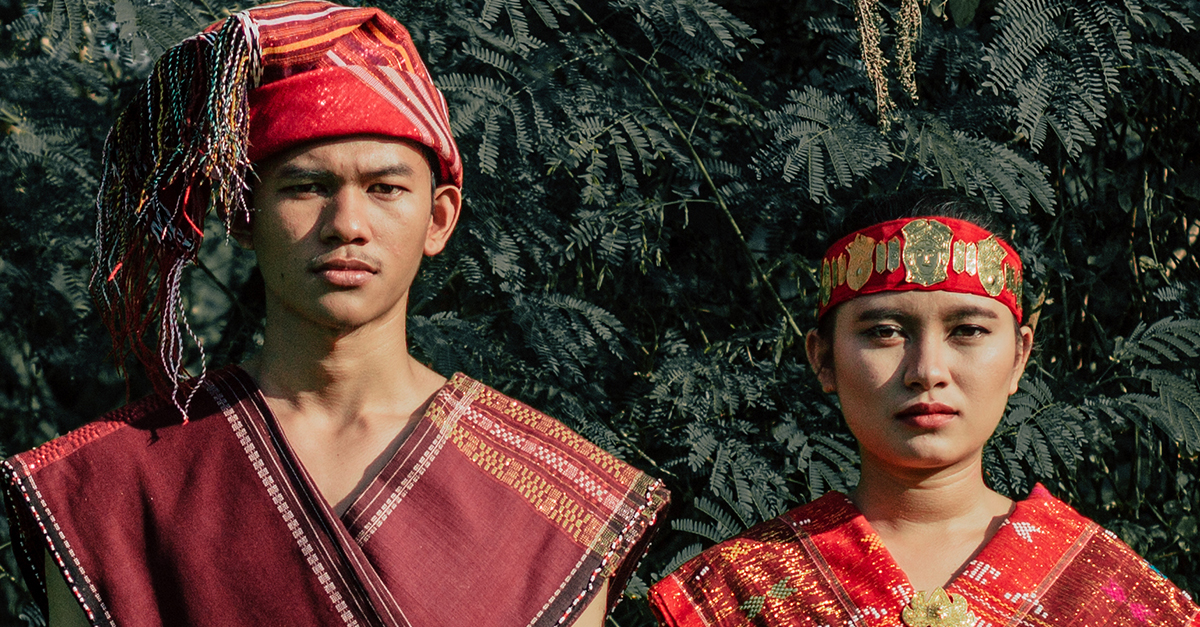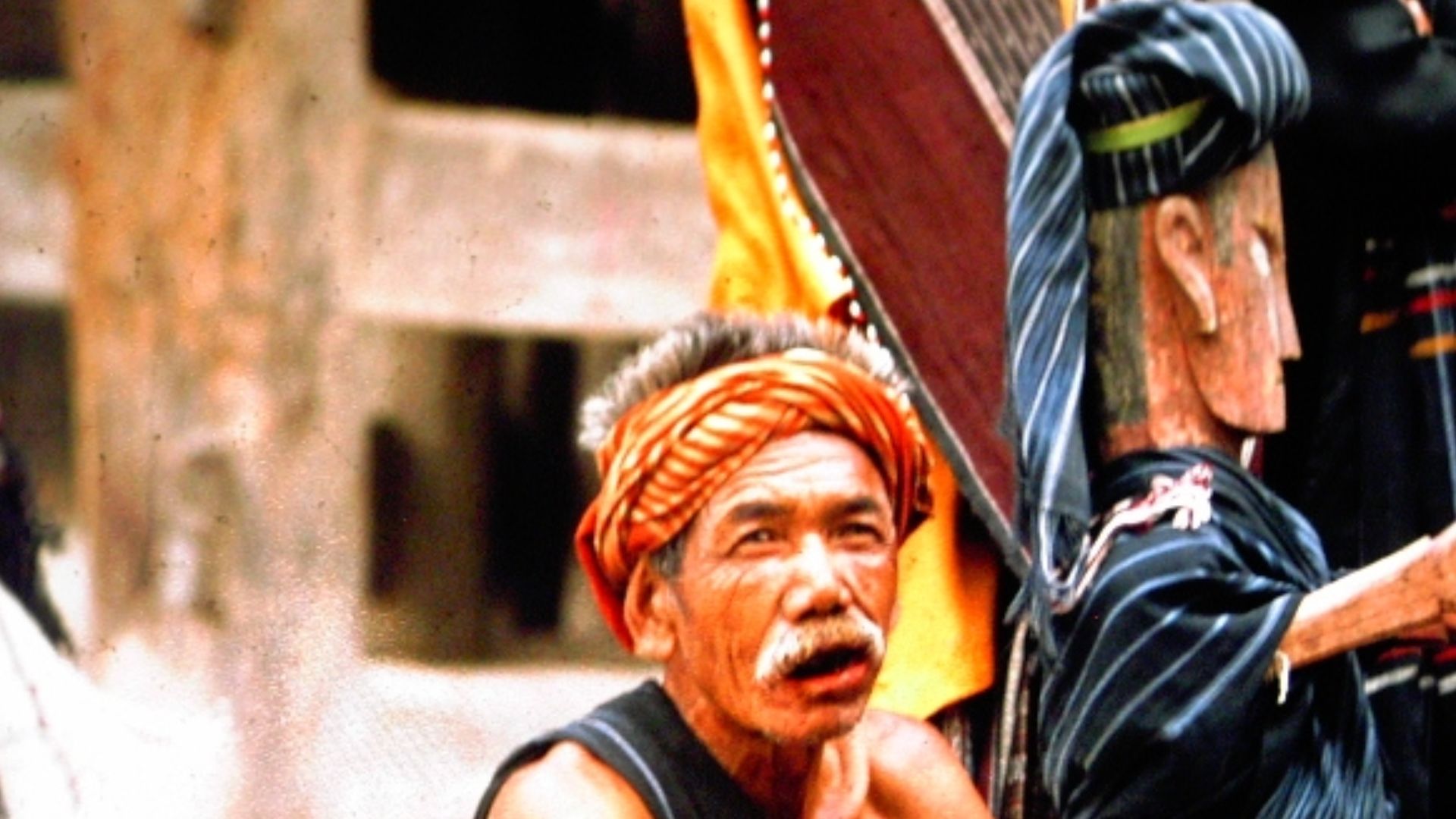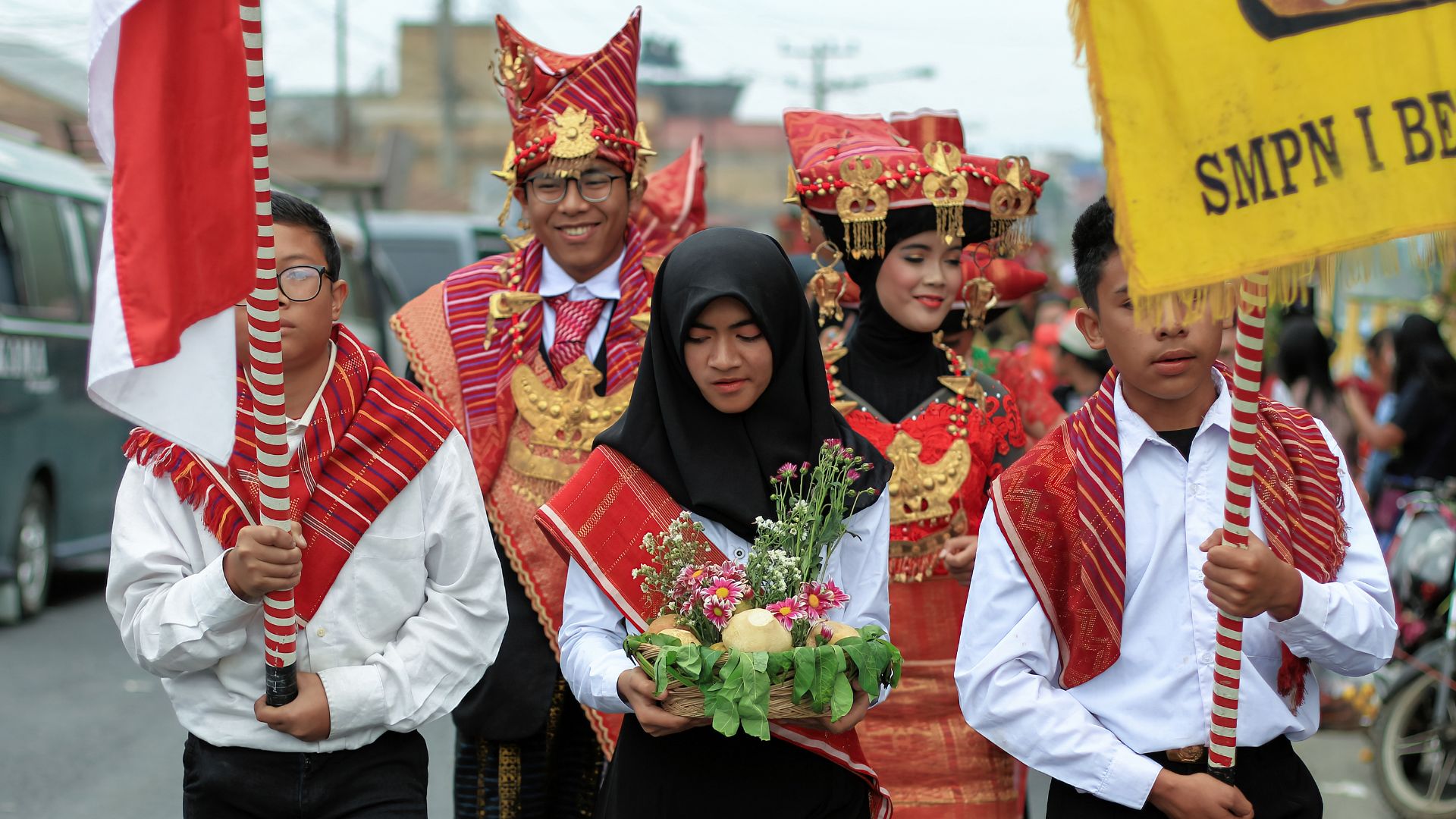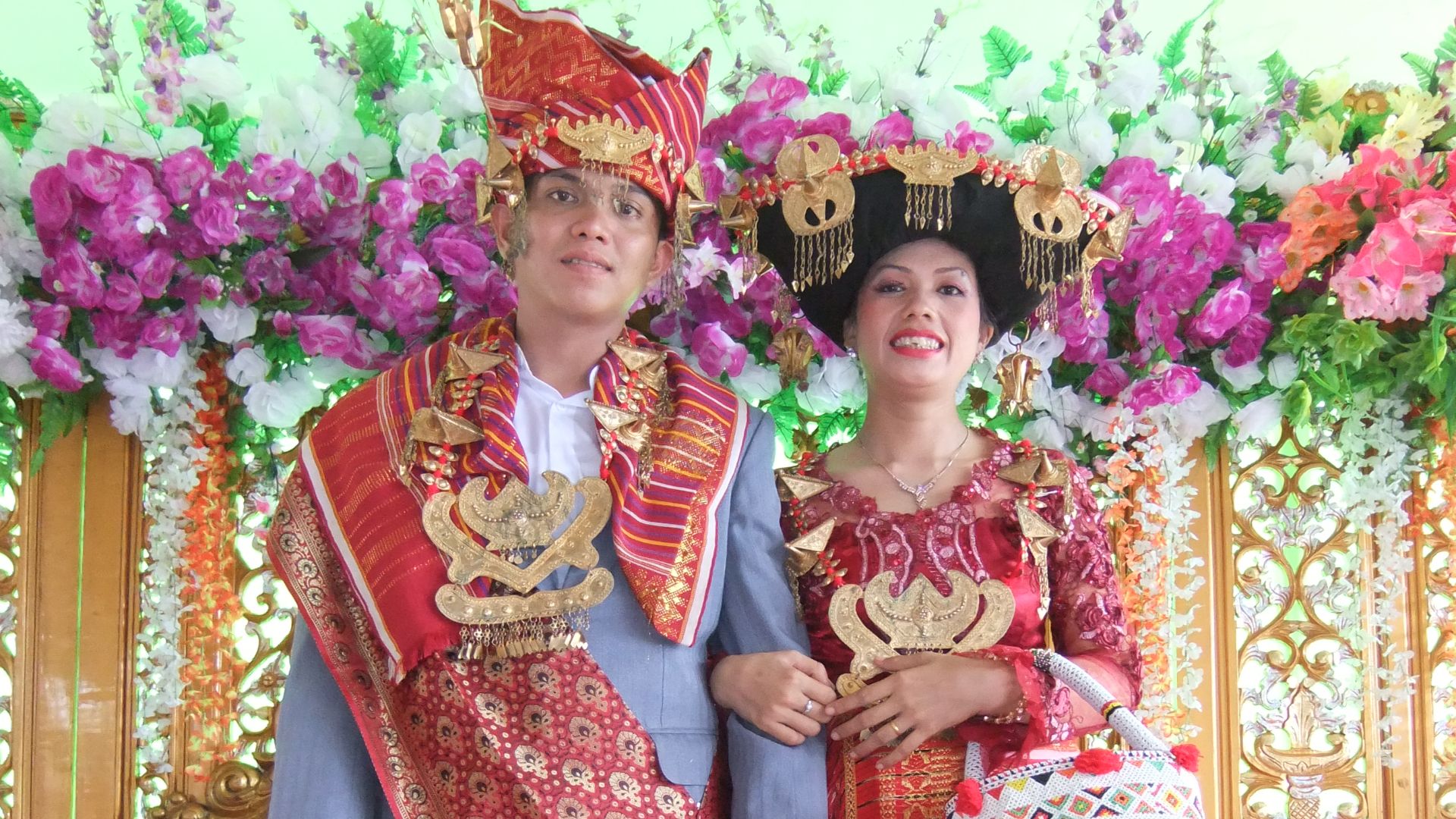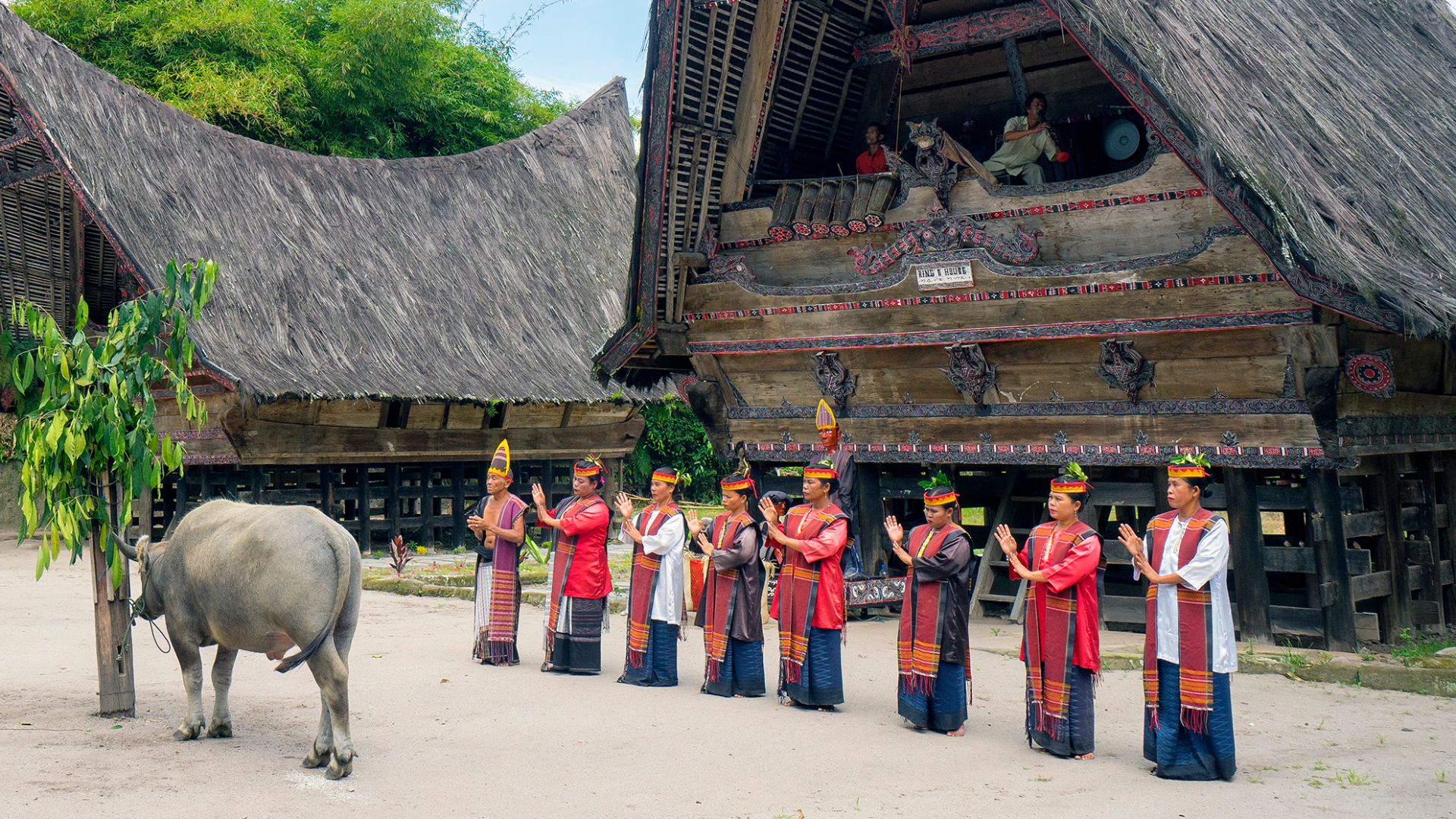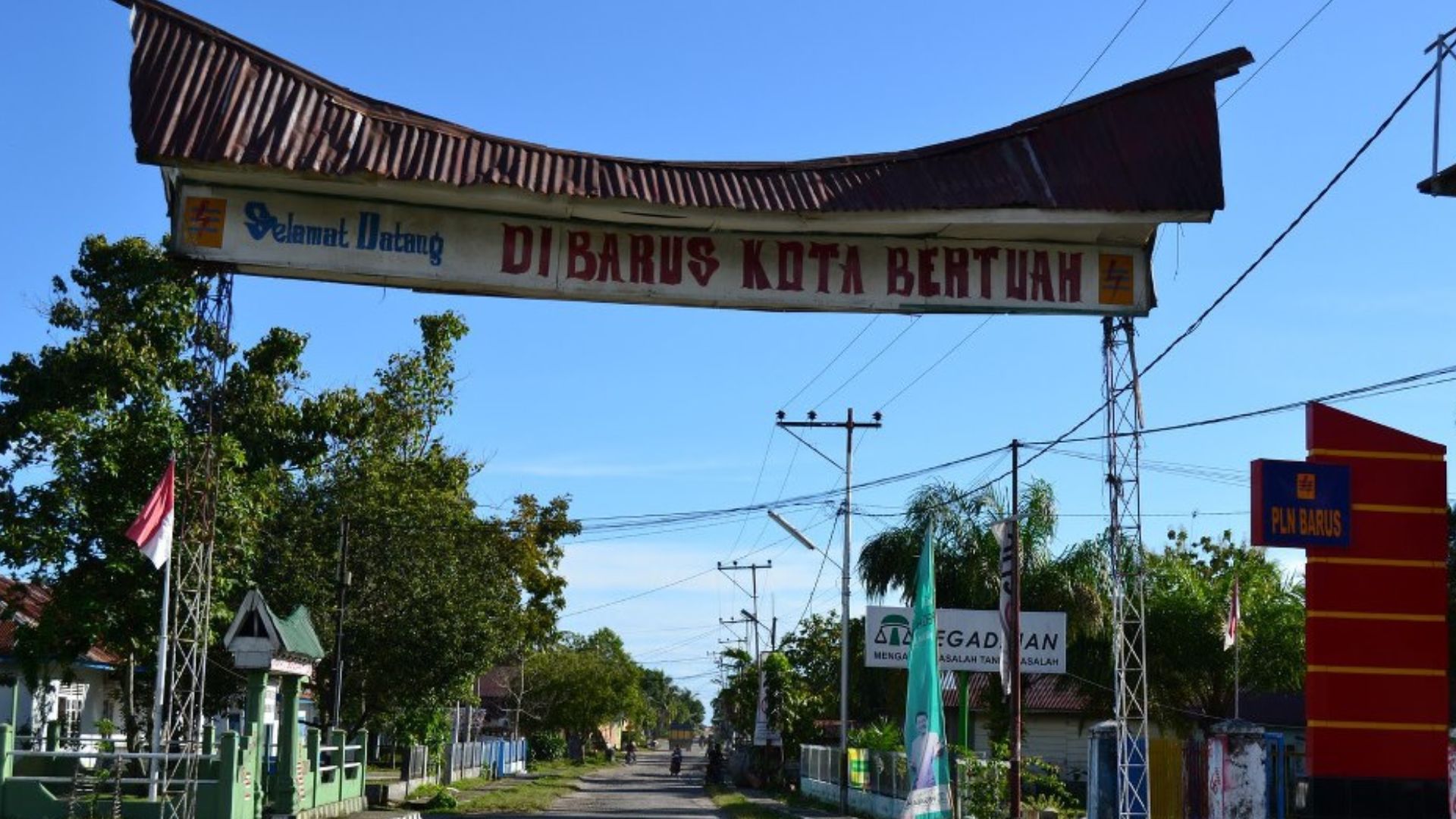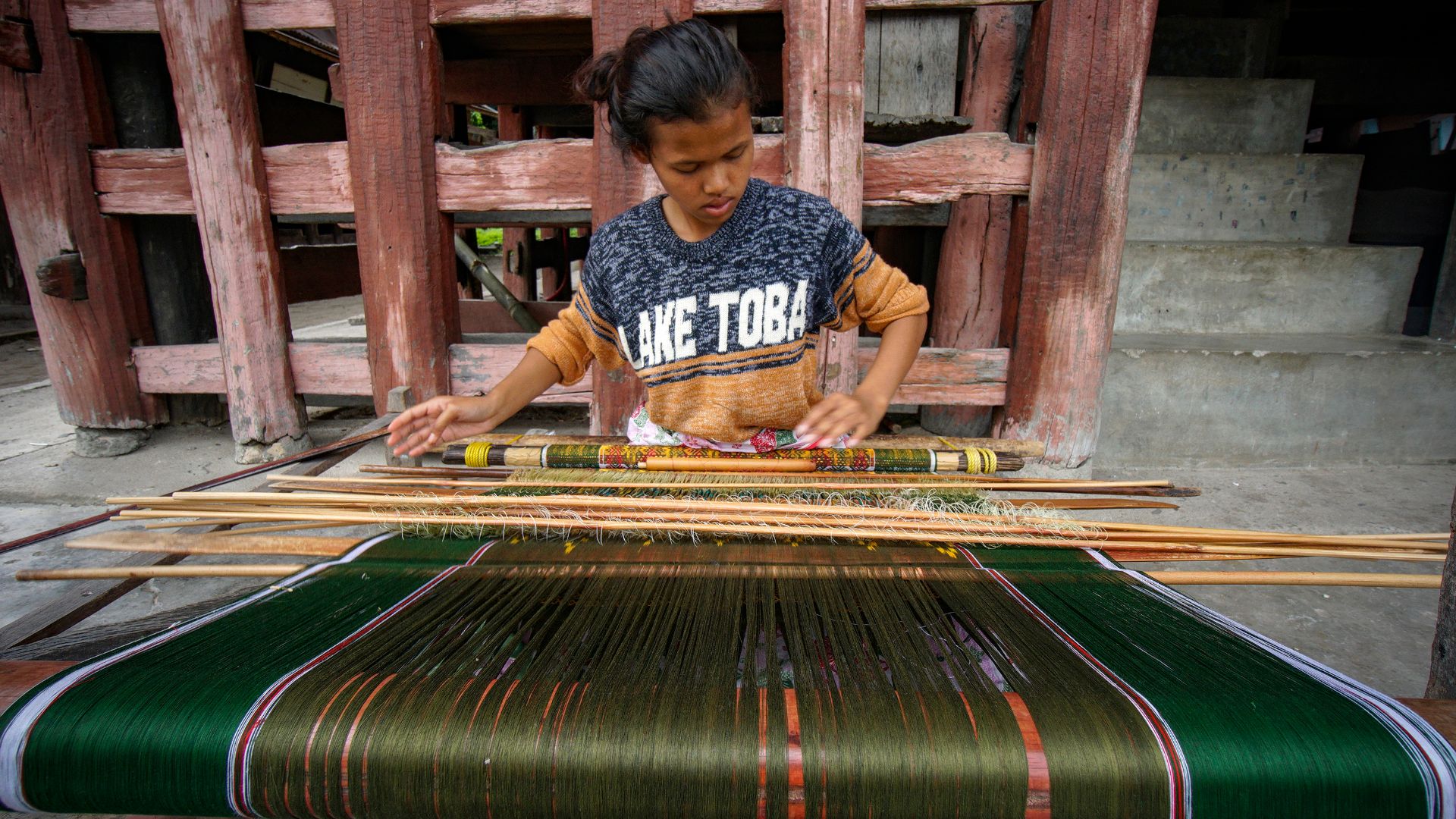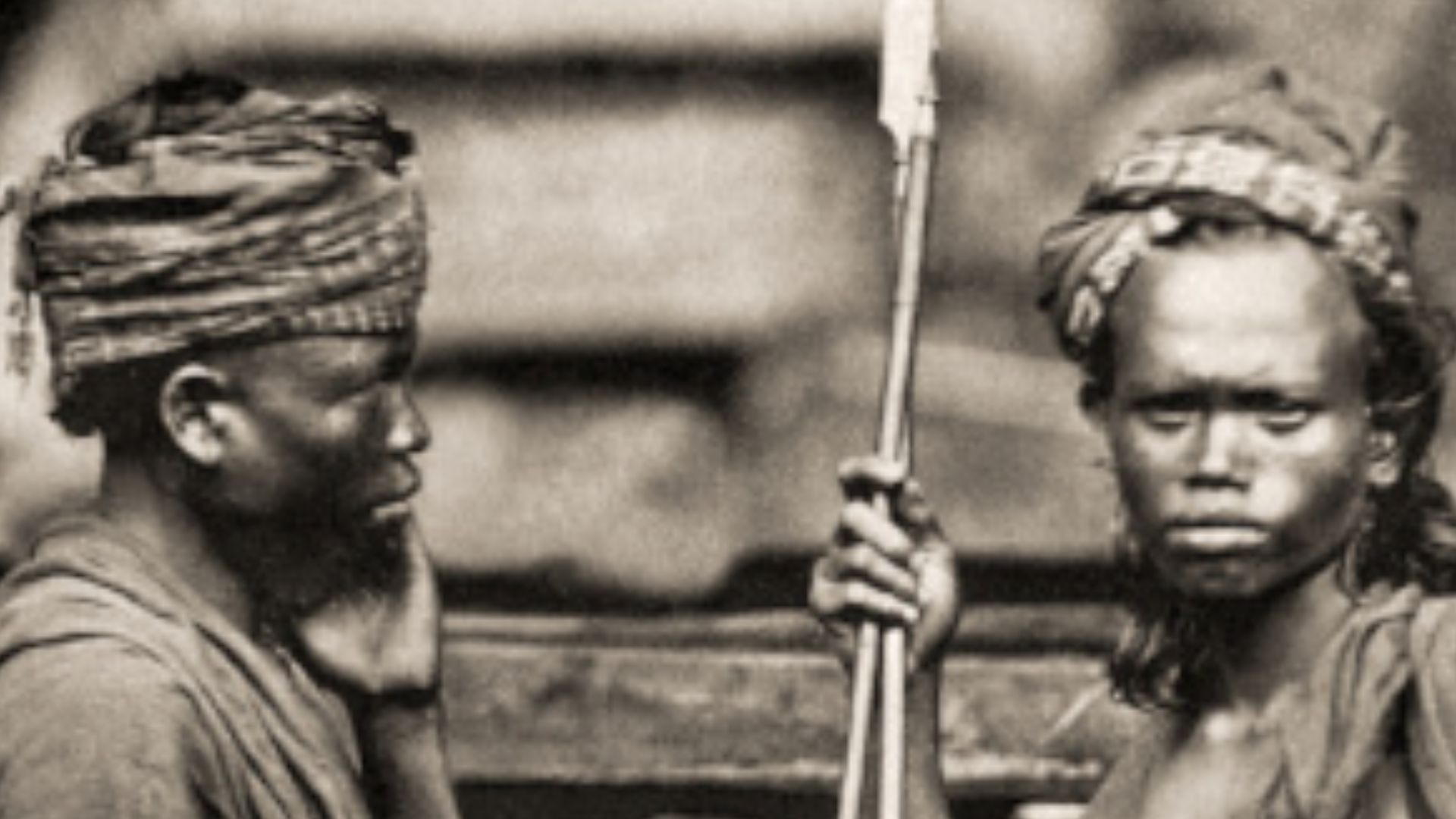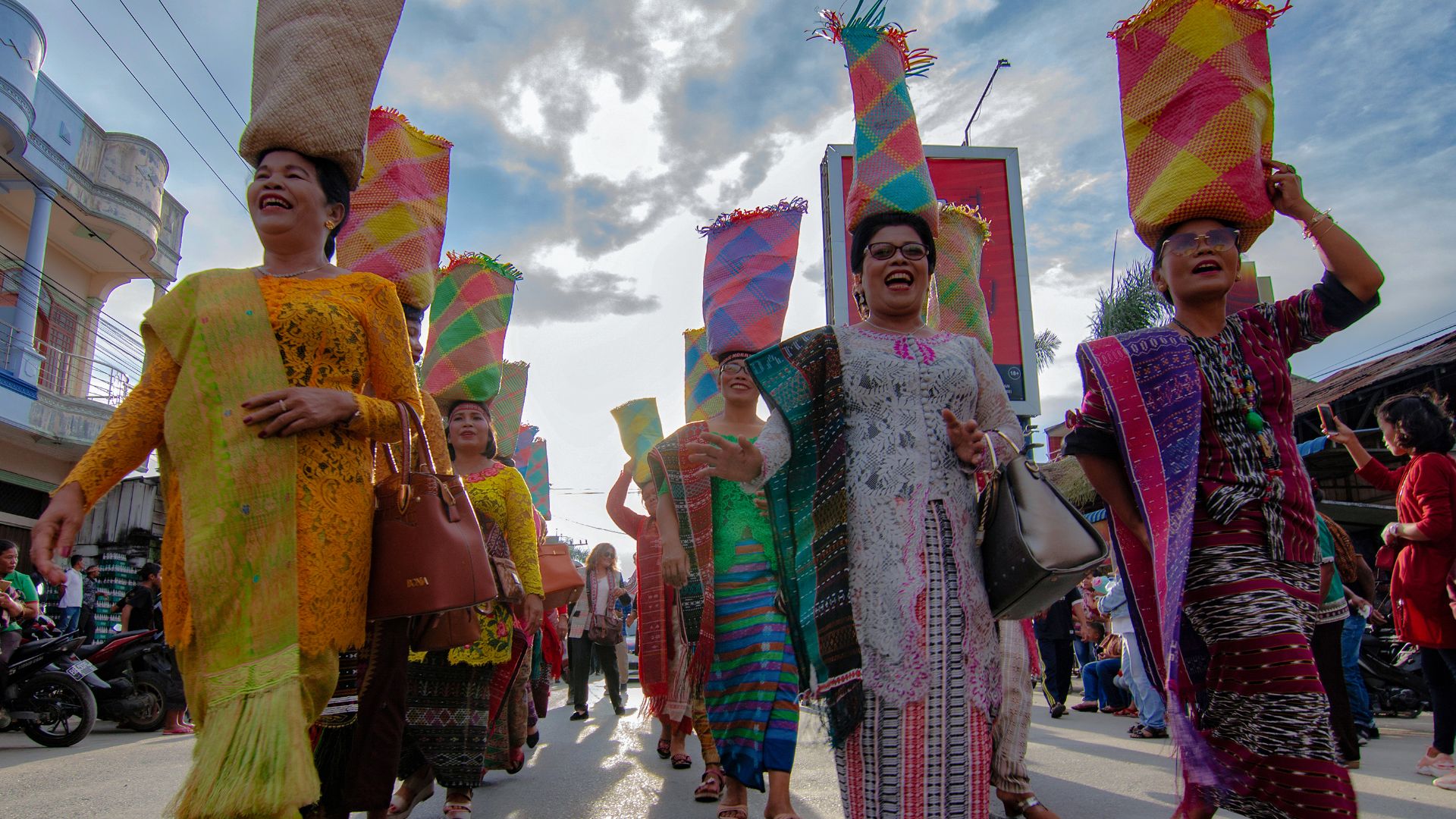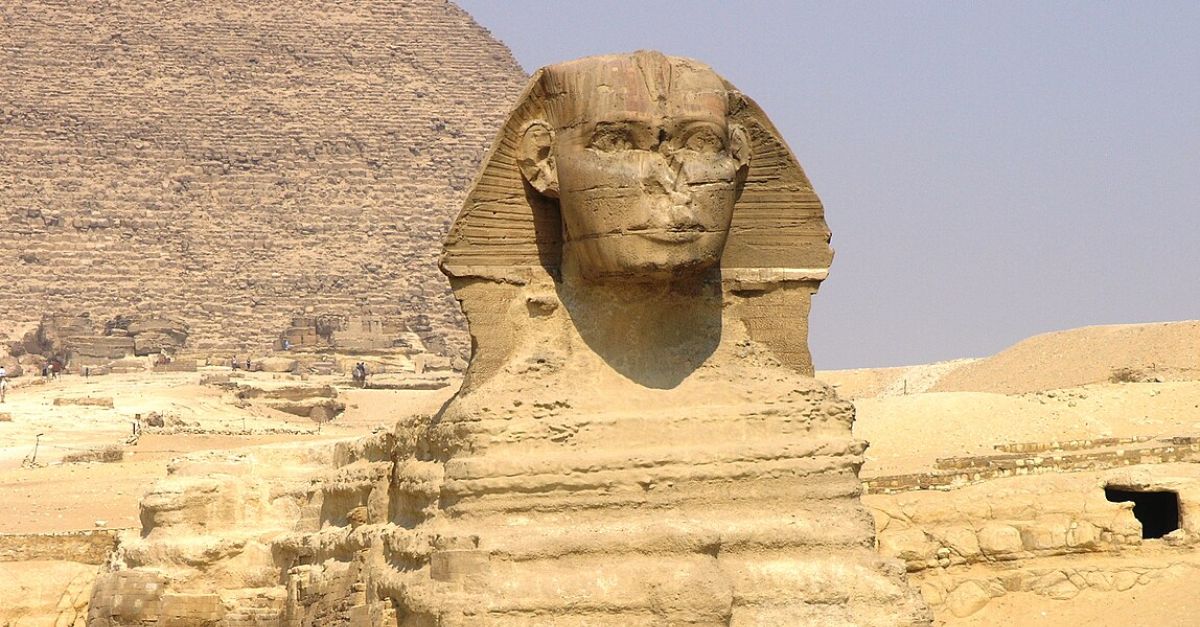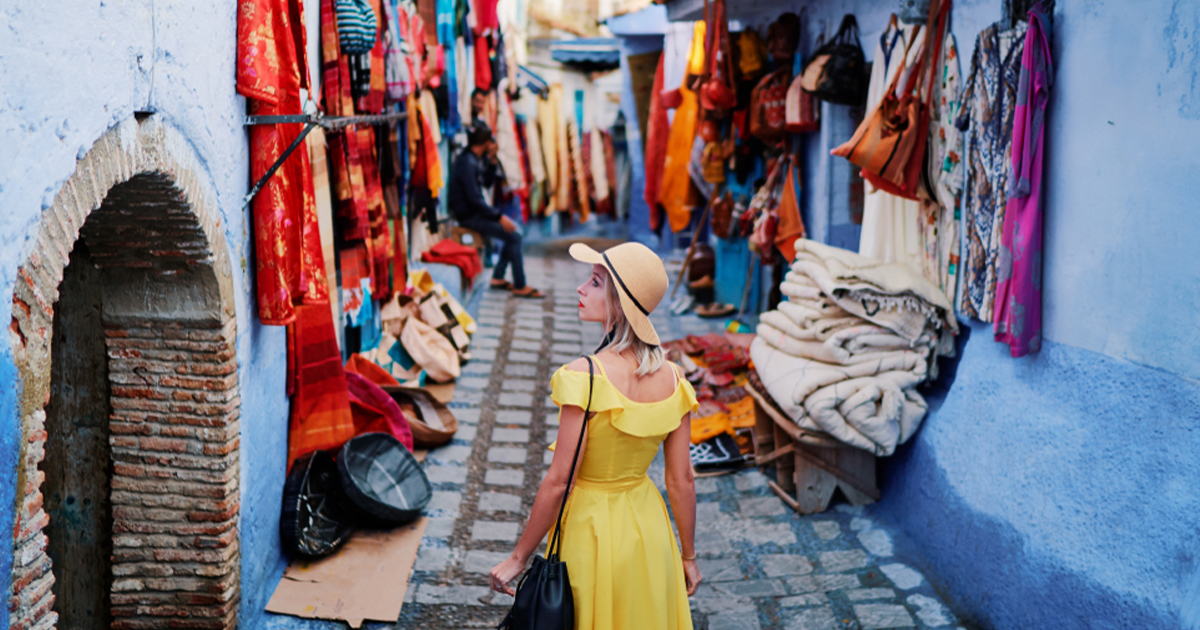Meet The Batak People
The Batak people are an ethnolinguistic group indigenous to North Sumatra, Indonesia, known for their rich traditions, clan-based social structures, and historical ties to trade, religion, and myth. Despite modernization and migration, Batak identity remains deeply rooted in clan names, customary law, and ancestral beliefs that shape their collective memory.
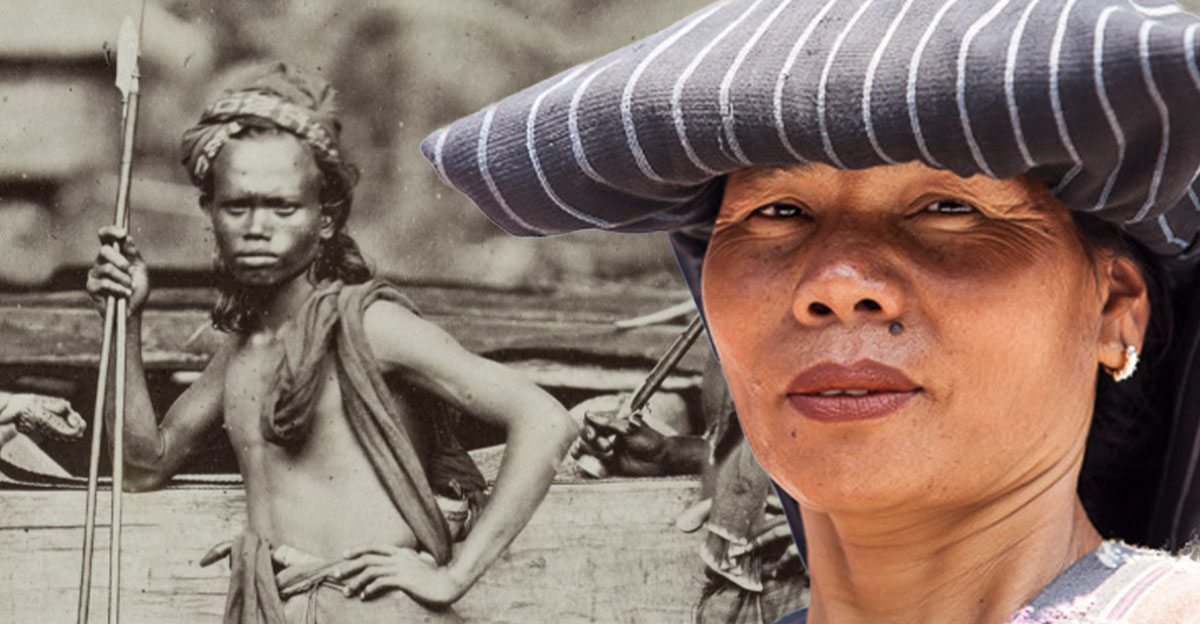
The Batak Identity Is A Collective Term
“Batak” refers to several related ethnic groups in northern Sumatra, including the Toba, Karo, Simalungun, Pakpak, Angkola, and Mandailing peoples. These groups speak Batak languages and share cultural practices, but maintain distinct identities.
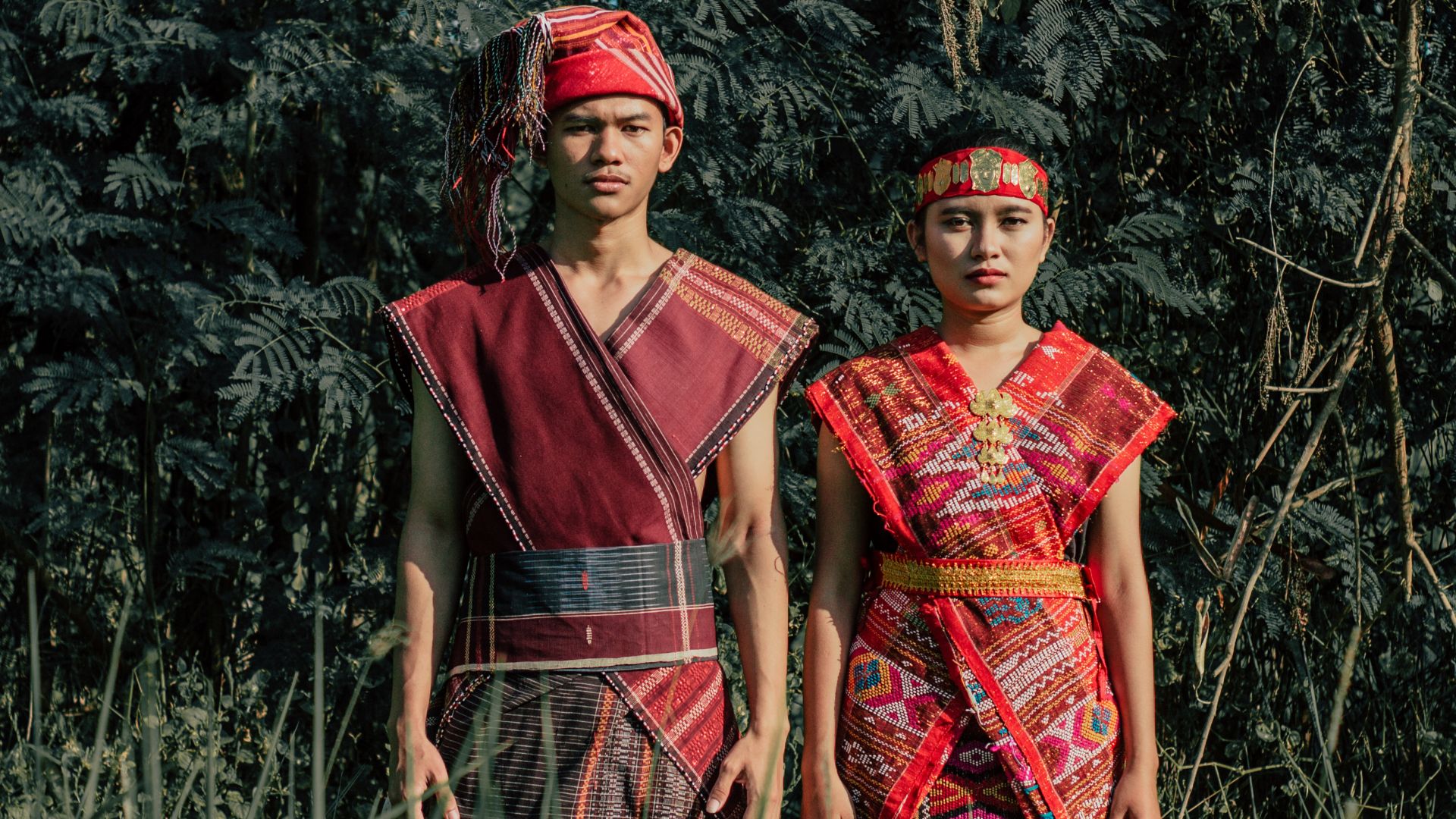 Angeline Claudia, Wikimedia Commons
Angeline Claudia, Wikimedia Commons
Most Batak People Live In Indonesia
As of the 2010 census, over 8.4 million Batak people live in Indonesia, mostly in North Sumatra. Significant populations are also found in Riau, West Java, and Jakarta.
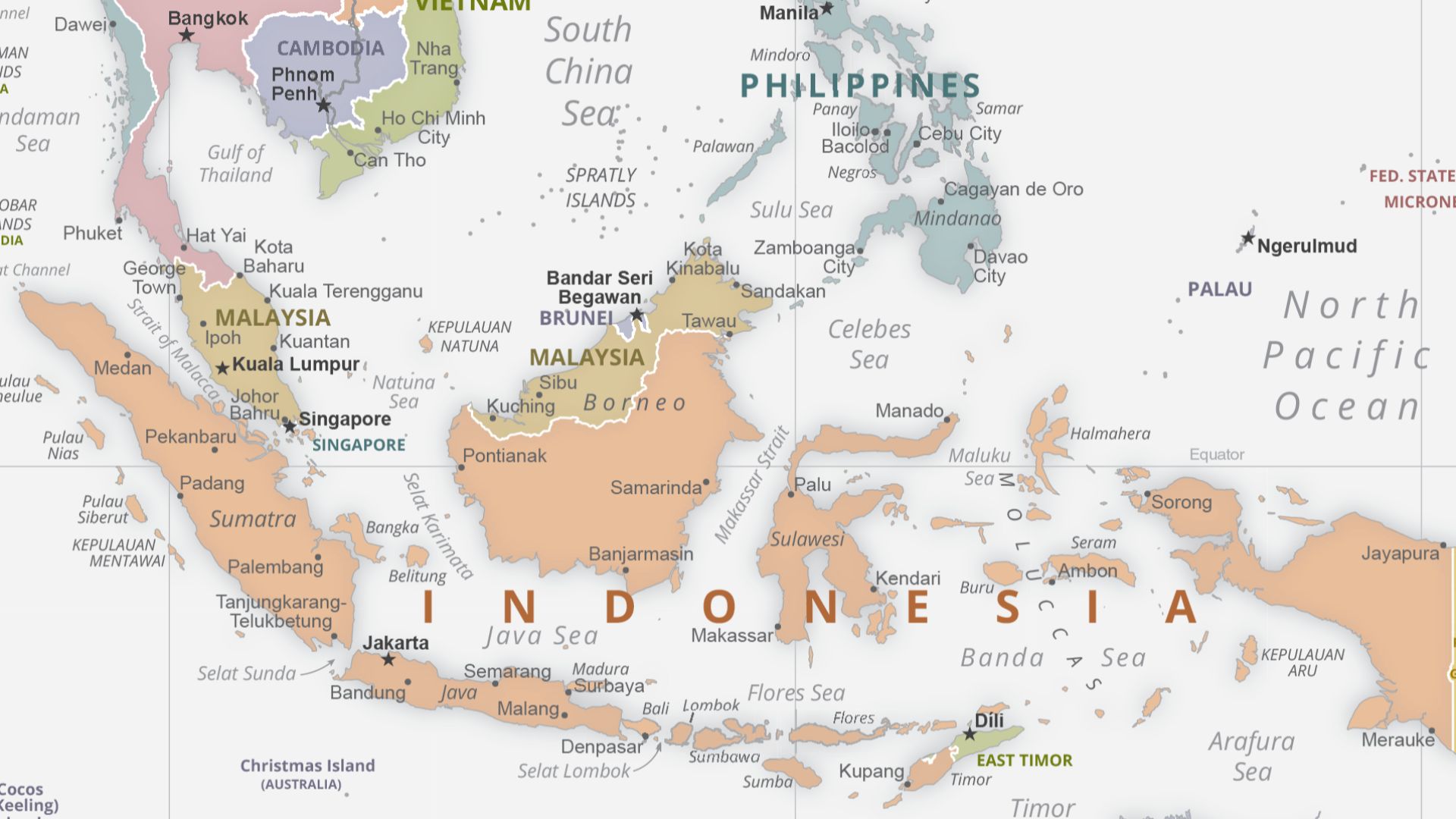 U.S. Central Intelligence Agency, Wikimedia Commons
U.S. Central Intelligence Agency, Wikimedia Commons
Their Languages Belong To The Austronesian Family
Batak languages form part of the Austronesian language family, with northern and southern branches. While dialects differ, there is a linguistic continuum that allows for partial mutual intelligibility.
They Have Their Own Indigenous Script
The Batak script, called Surat Batak, is used for religious and ceremonial texts. It was derived from southern Sumatra scripts and written primarily on bark books and bamboo.
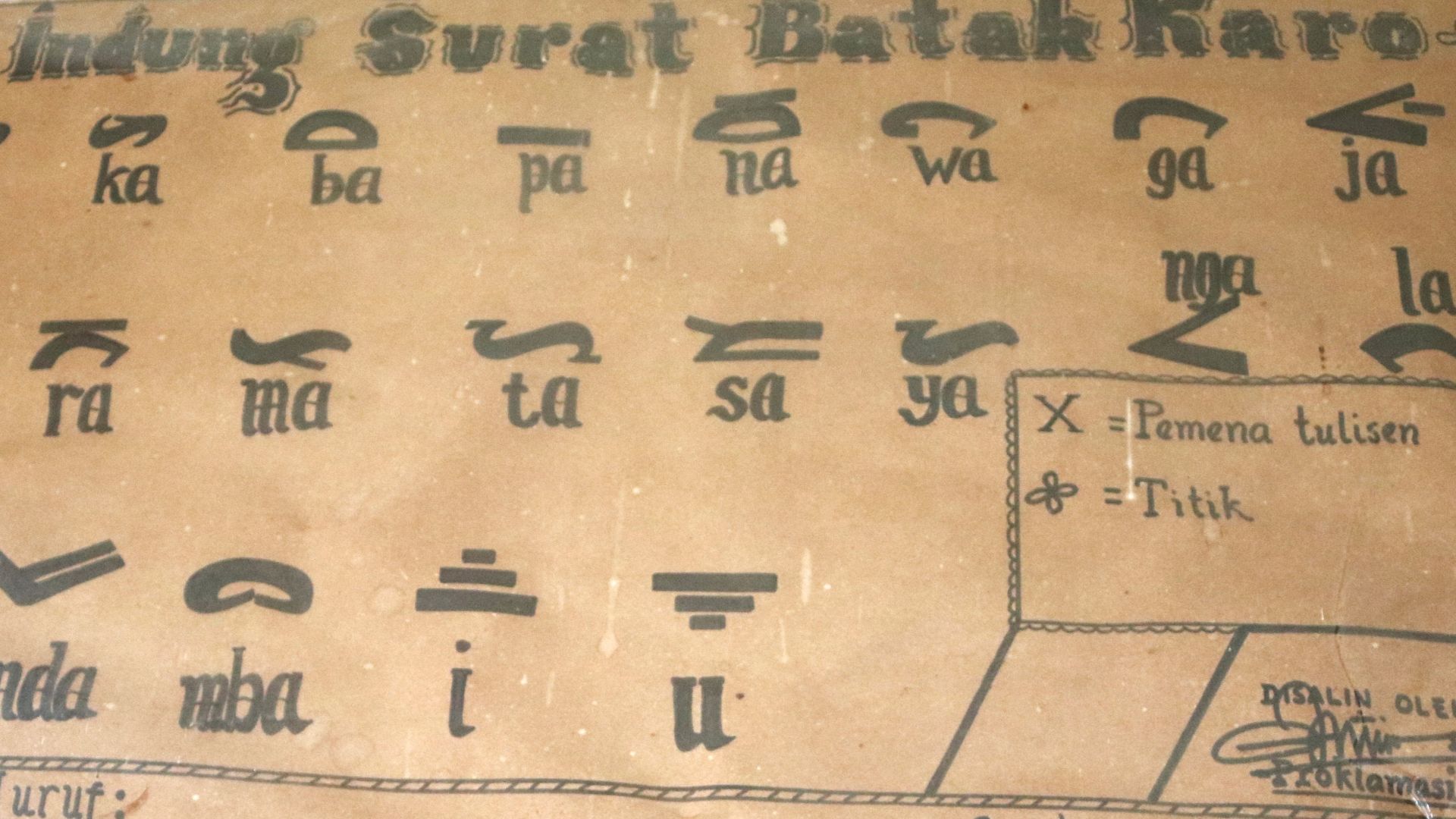 Agus Damanik, Wikimedia Commons
Agus Damanik, Wikimedia Commons
Batak Society Is Organized By Clan
Each Batak belongs to a patrilineal clan called a marga, passed down from the father. Knowing one’s tarombo, or family tree, is considered vital to one’s identity.
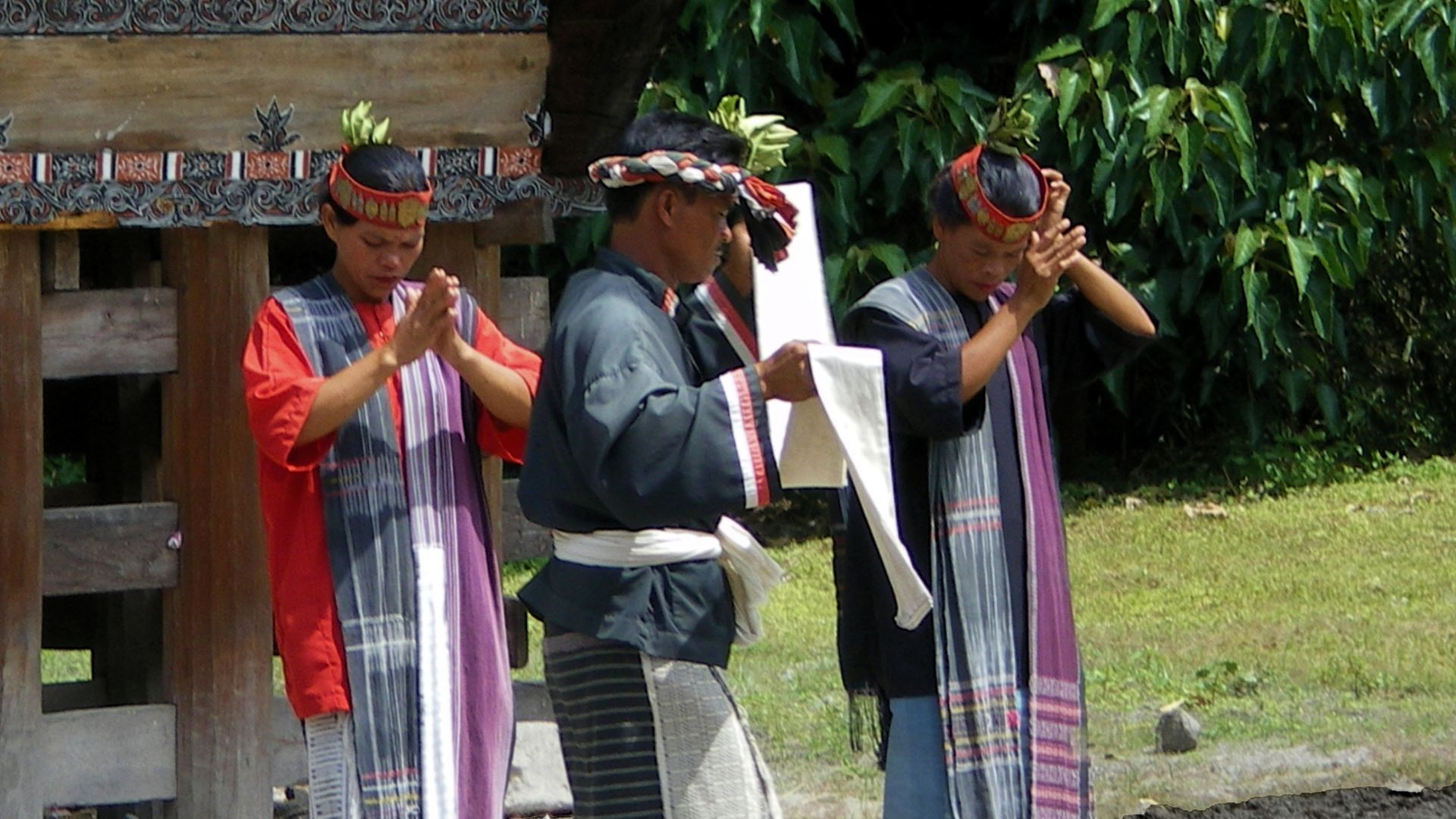 AjarnRichard, Wikimedia Commons
AjarnRichard, Wikimedia Commons
Their Philosophy Is Based On Dalihan Na Tolu
This cultural philosophy emphasizes balance in relationships: respect for the wife’s family, kindness to daughters, and careful relations within one’s own clan. It governs social interactions and traditional ceremonies.
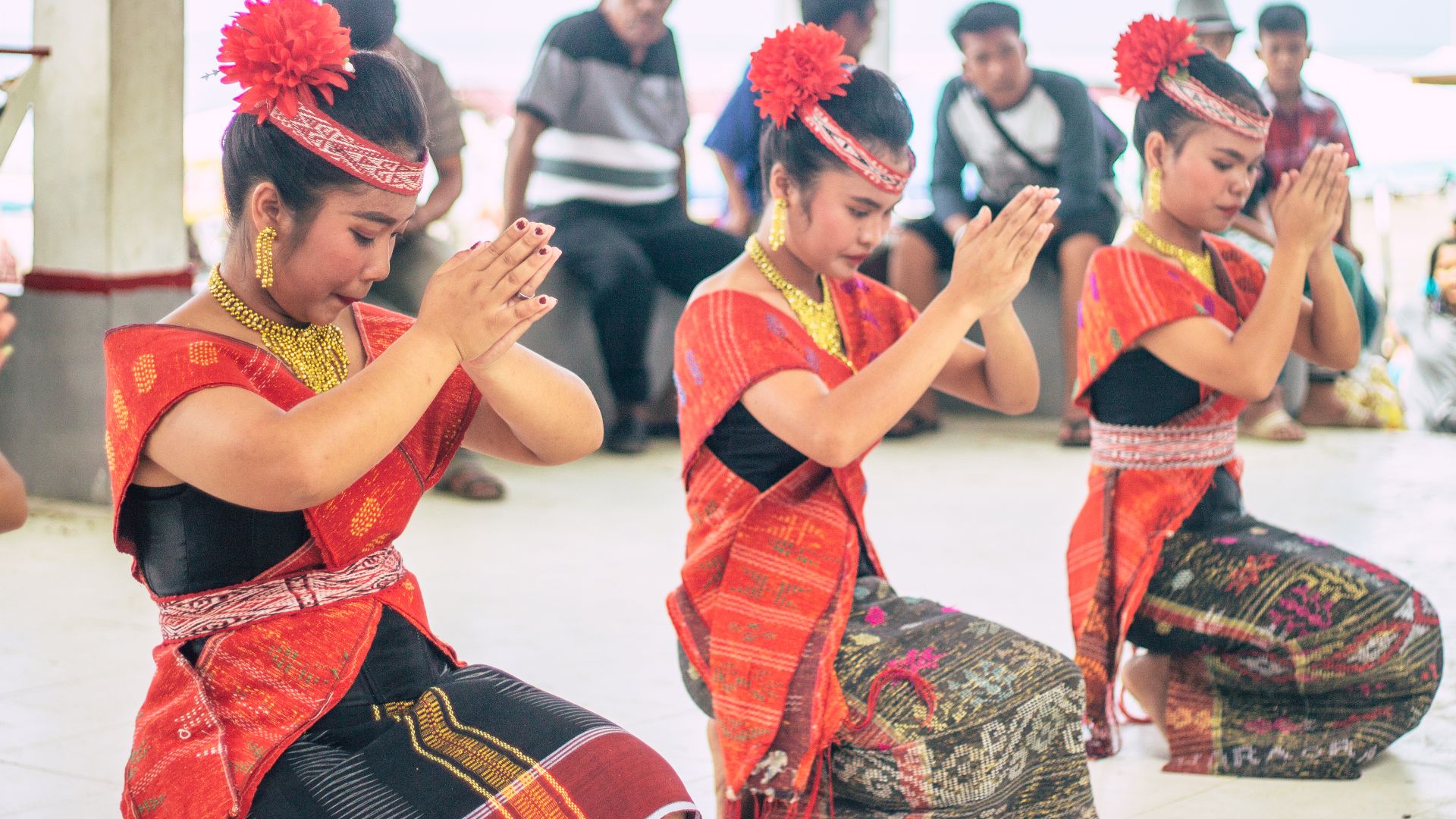 Angeline Claudia, Wikimedia Commons
Angeline Claudia, Wikimedia Commons
Many Batak Are Christian Or Muslim
According to the 2010 census, 55.62% of Batak are Christian and 44.17% are Muslim. Mandailing and Angkola Batak are predominantly Muslim, while Toba and Karo Batak are mostly Christian.
Parmalim Is A Surviving Traditional Religion
Parmalim is a modern form of traditional Batak belief still practiced by some Toba Batak. Though marginalized, it reflects resistance to colonialism and religious conversion.
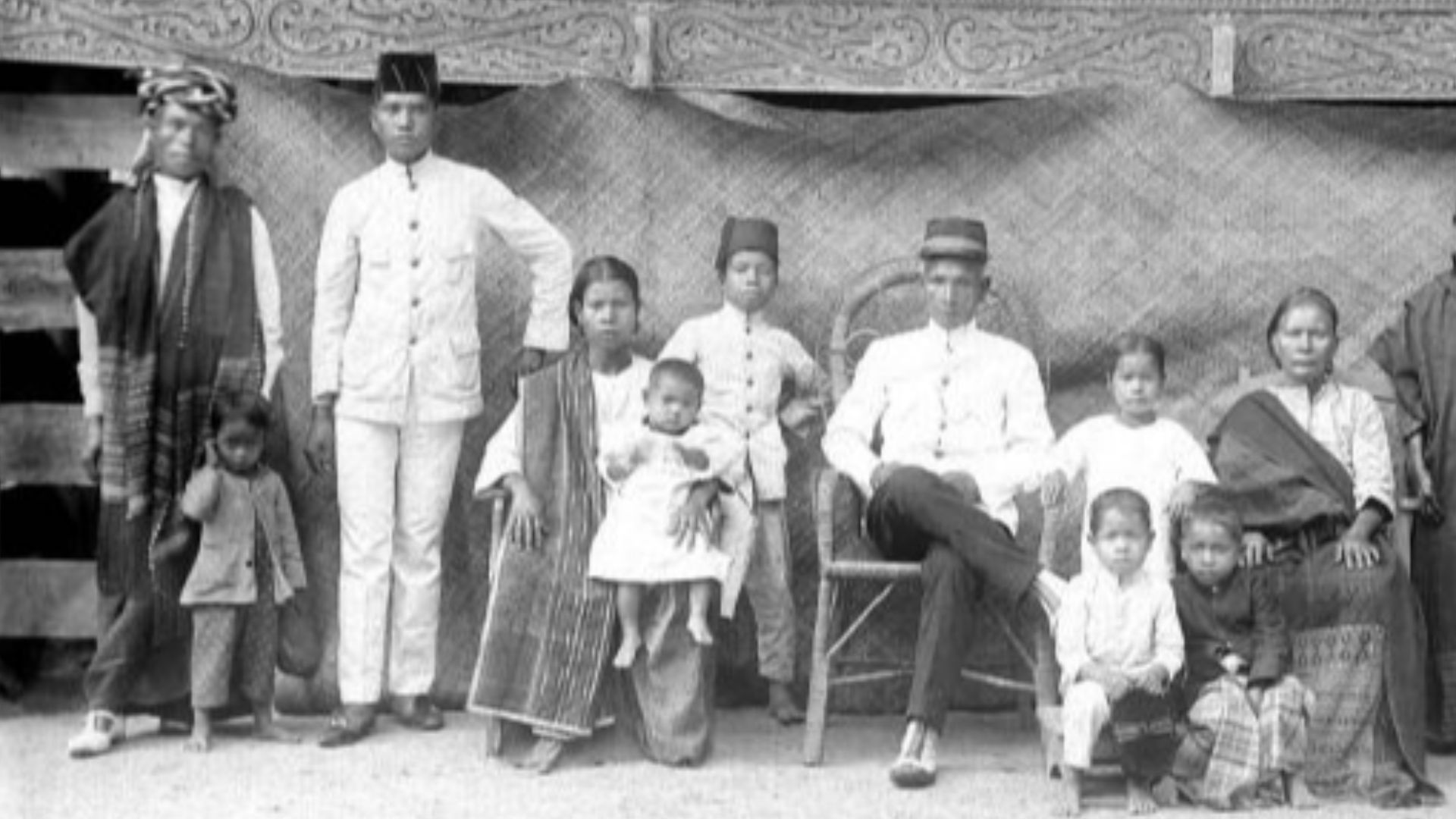 Unknown authorUnknown author, Wikimedia Commons
Unknown authorUnknown author, Wikimedia Commons
The Karo People Practice Pemena
Pemena is the traditional belief system of the Karo people, centered on Dibata, or divinity. While many Karo have converted to Christianity, aspects of Pemena survive in rituals and ceremonies.
Batak Ancestor Worship Involves Reburials
A practice called mangongkal holi involves exhuming ancestors’ bones for a second burial in a stone sarcophagus called a tugu. This ritual honors ancestors and reaffirms family unity as their bones are relocated to family mausoleums.
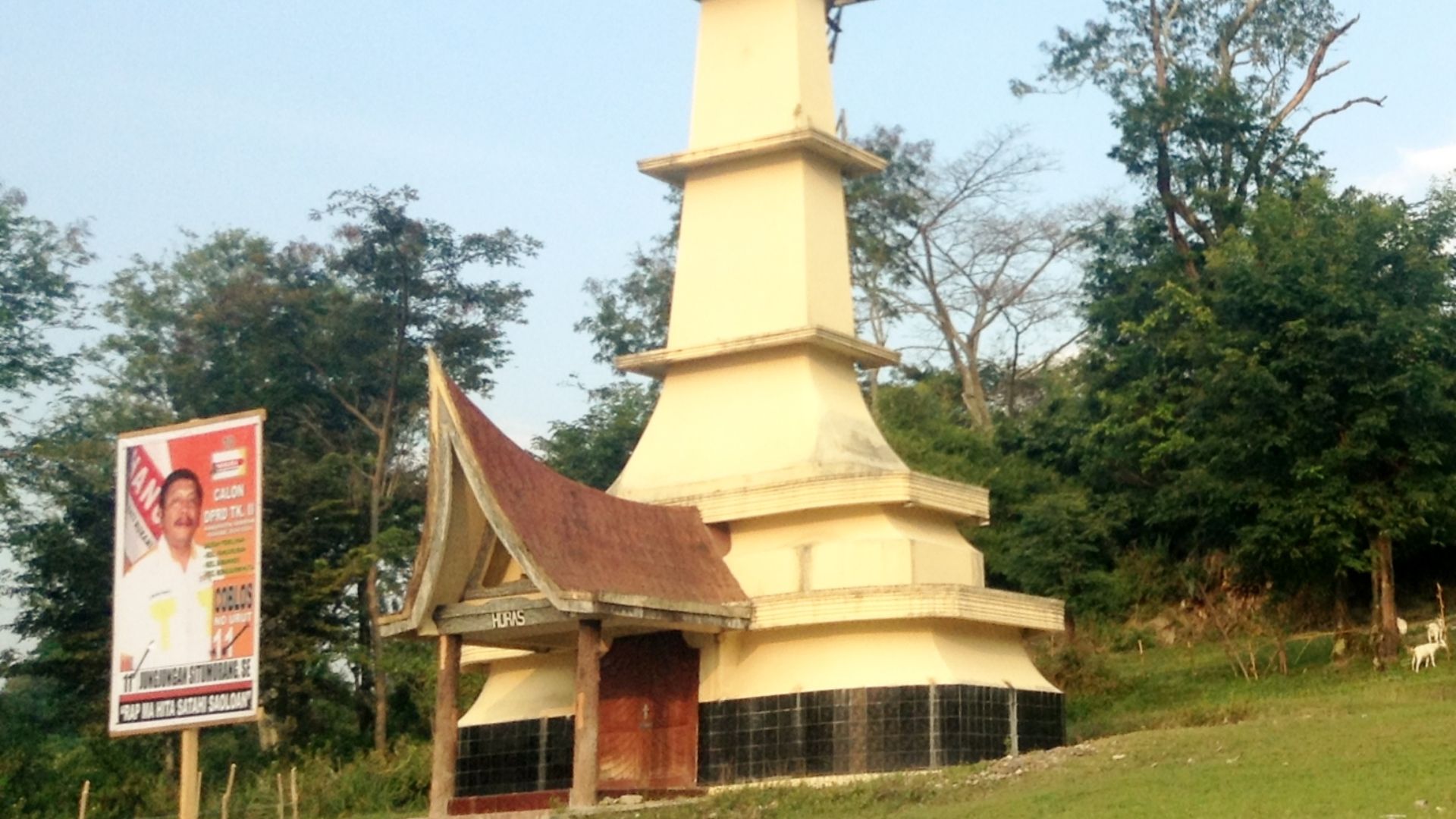 Christian Advs Sltg, Wikimedia Commons
Christian Advs Sltg, Wikimedia Commons
Lake Toba Is Their Spiritual Homeland
Lake Toba is central to Toba Batak mythology and culture. According to legend, the Batak ancestral couple settled near Pusuk Buhit, a volcano near the lake.
 Johnnysiahaan, Wikimedia Commons
Johnnysiahaan, Wikimedia Commons
The Batak Have Rich Creation Myths
Their mythology begins with the god Mula Jadi Na Bolon, whose descendants created the earth and humanity. These stories were preserved through oral tradition and later recorded by scholars.
The Tendi Is A Person’s Life-Soul
The tendi, or tondi, is a vital life force believed to guide one’s destiny. Loss of tendi causes illness, and rituals are performed to recall it back into the body.
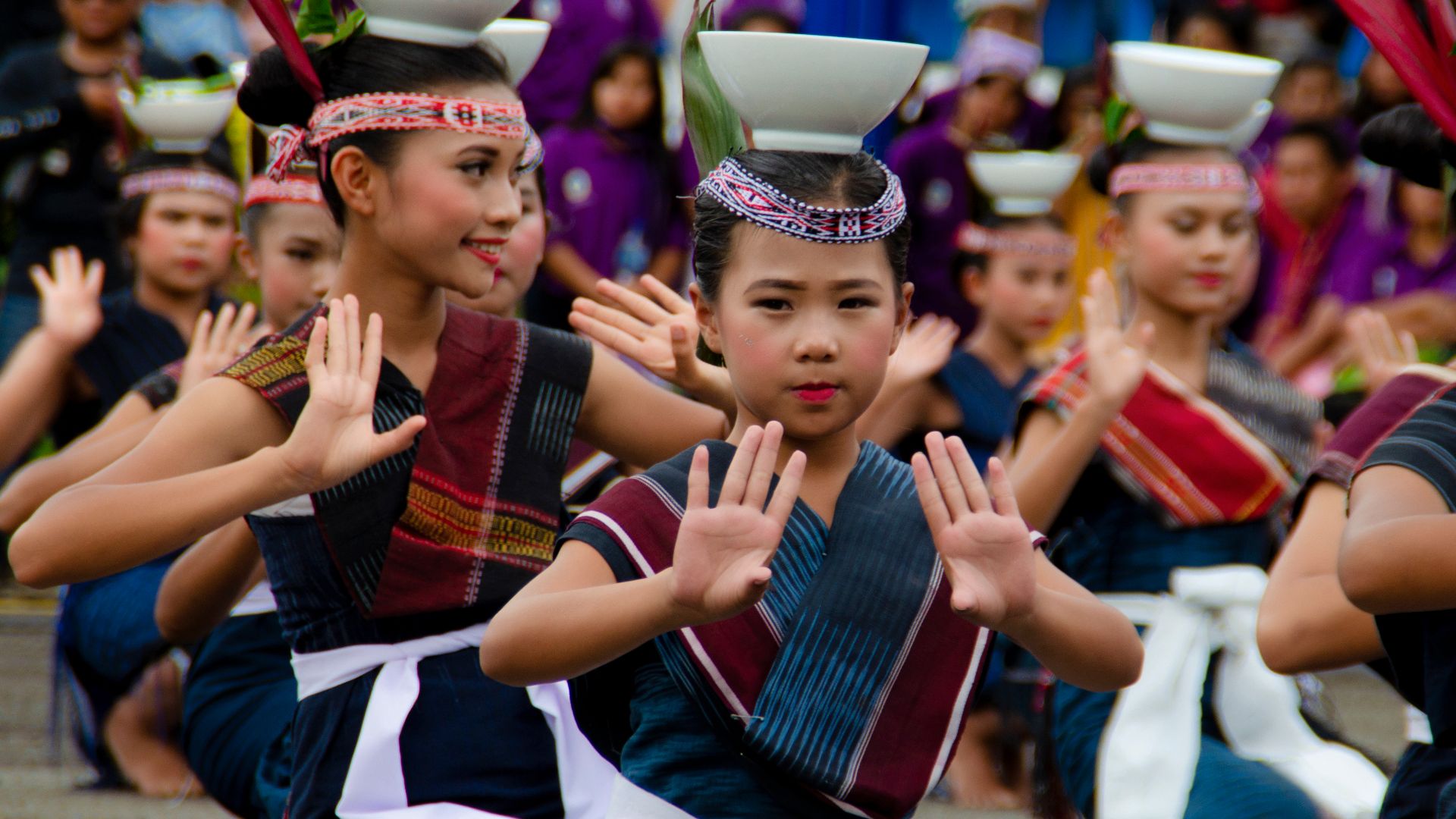 Bisa Junisa Munthe, Wikimedia Commons
Bisa Junisa Munthe, Wikimedia Commons
They Played Music To Recall The Tendi
The surdam, a bamboo flute, was played during healing rituals to call back the tendi. The sound was believed to attract the lost soul back into the body.
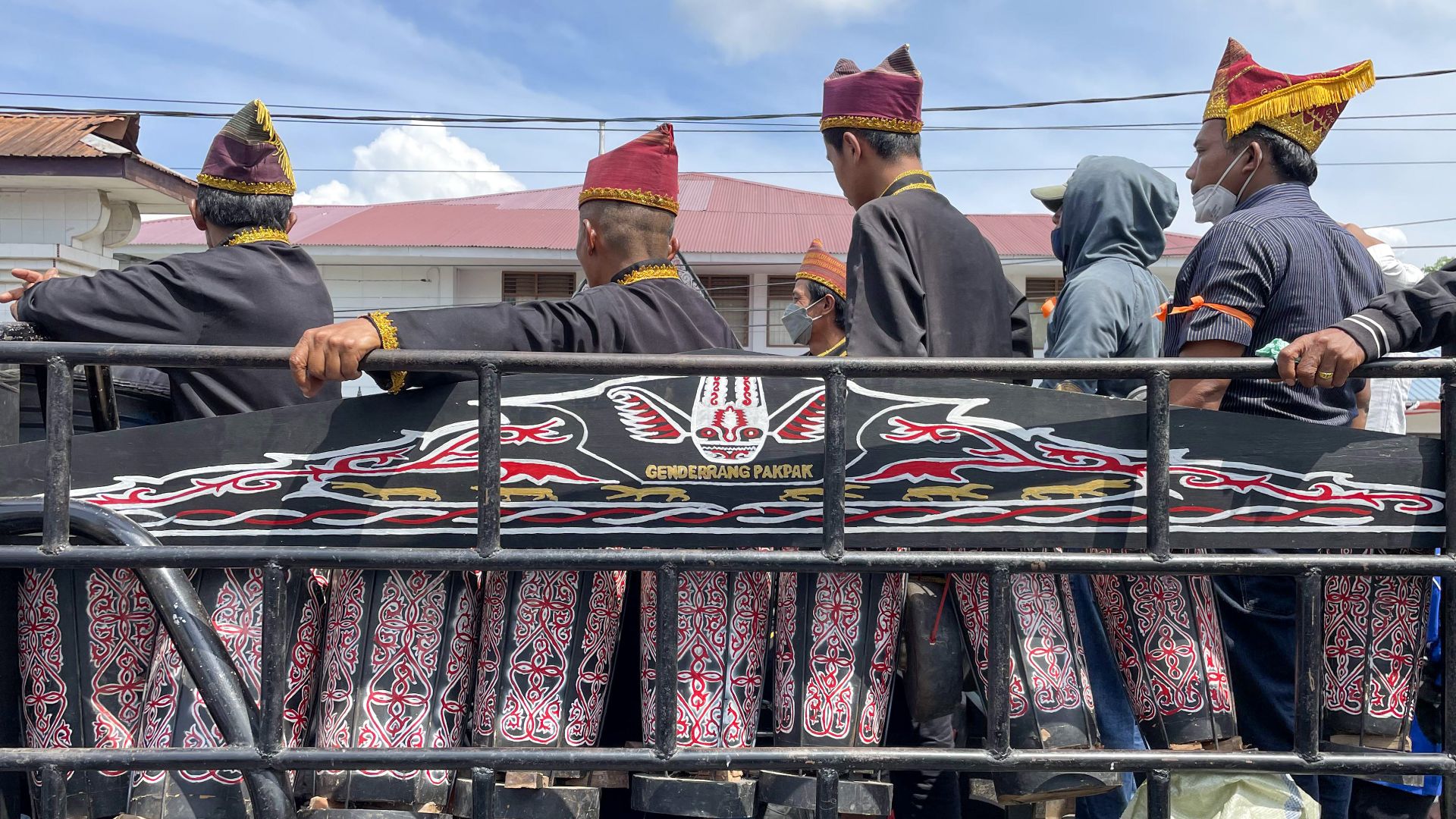 Christian Advs Sltg, Wikimedia Commons
Christian Advs Sltg, Wikimedia Commons
The Begu Is The Soul After Death
After death, the begu, or death-soul, lives near the village and can influence the living. Offerings and rituals are performed to appease it, especially during dreams or misfortune.
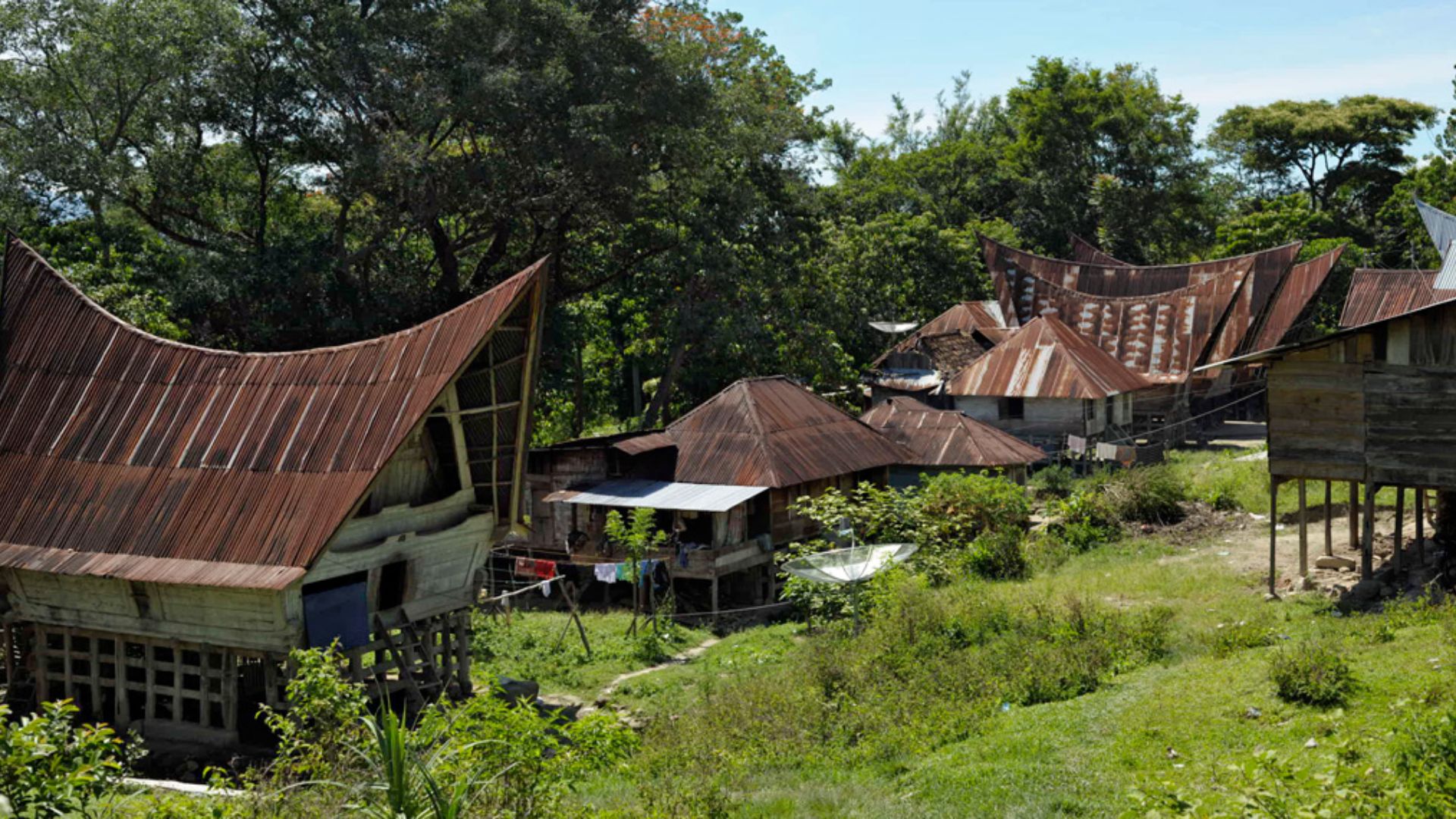 Nomo michael hoefner / http://www.zwo5.de, Wikimedia Commons
Nomo michael hoefner / http://www.zwo5.de, Wikimedia Commons
Toba Batak Build Elaborate Tombs
Toba Batak tombs are known for their distinctive carved roofs and stone sarcophagi. These ornate structures reflect the wealth and status of the deceased.
 Arian Zwegers, Wikimedia Commons
Arian Zwegers, Wikimedia Commons
Traditional Medicine Was Practiced By Gurus And Datu
Gurus (often female) and datu (male priests) used charms, potions, and sacred texts called pustaha to heal the sick, predict the future, and communicate with spirits.
Pustaha Were Sacred Books Of Magic
These bark-bound books contained recipes for medicine, magical incantations, and divination. They were written in Batak script and passed down through generations of ritual practitioners.
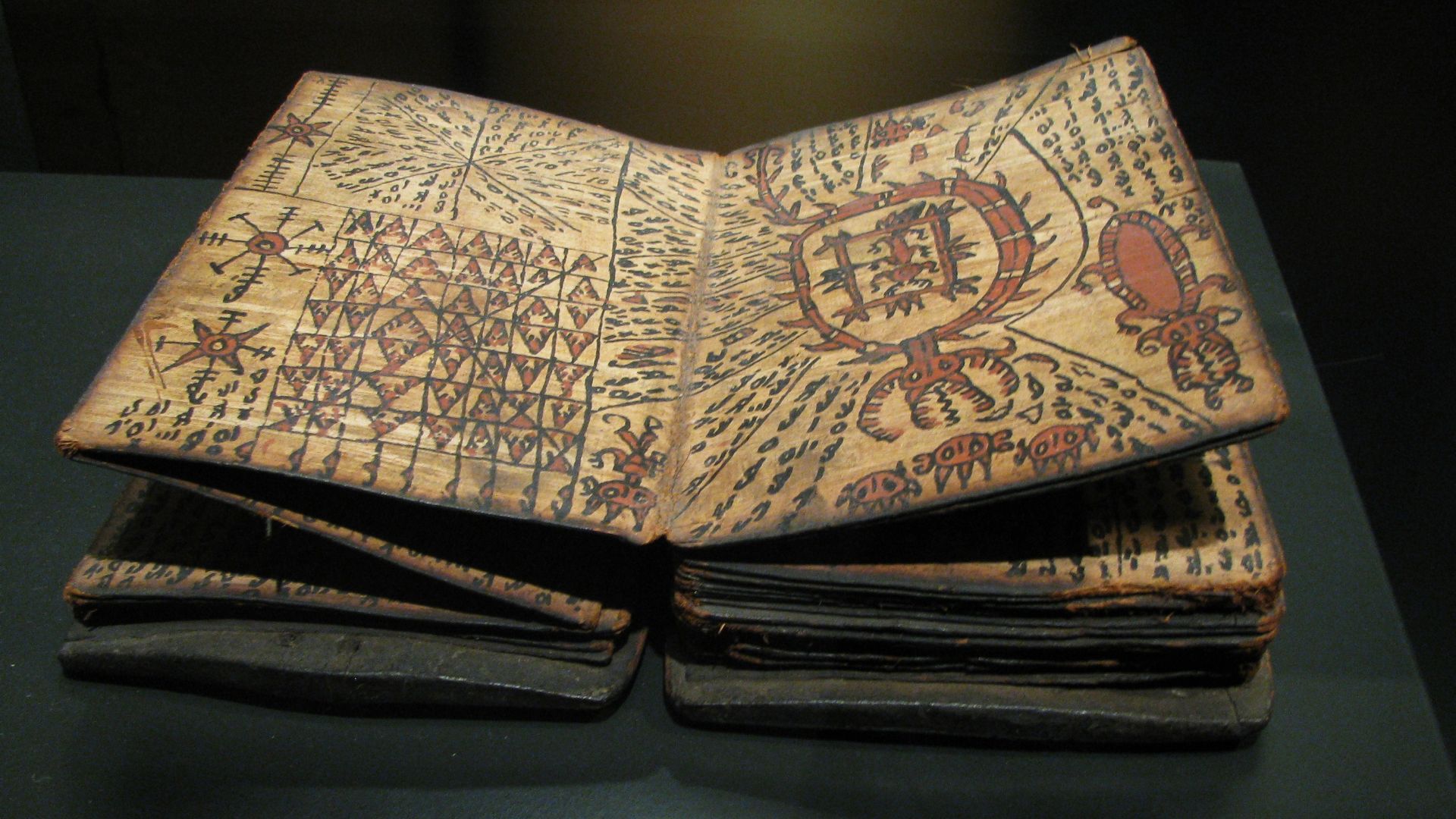 Tribe Toba Batak, Sumatra, Indonesia, Wikimedia Commons
Tribe Toba Batak, Sumatra, Indonesia, Wikimedia Commons
Christianity Spread Rapidly In The 19th Century
German missionaries like Ludwig Ingwer Nommensen began converting Batak to Lutheran Christianity in the 1800s. The Toba Batak were especially receptive and built strong church communities.
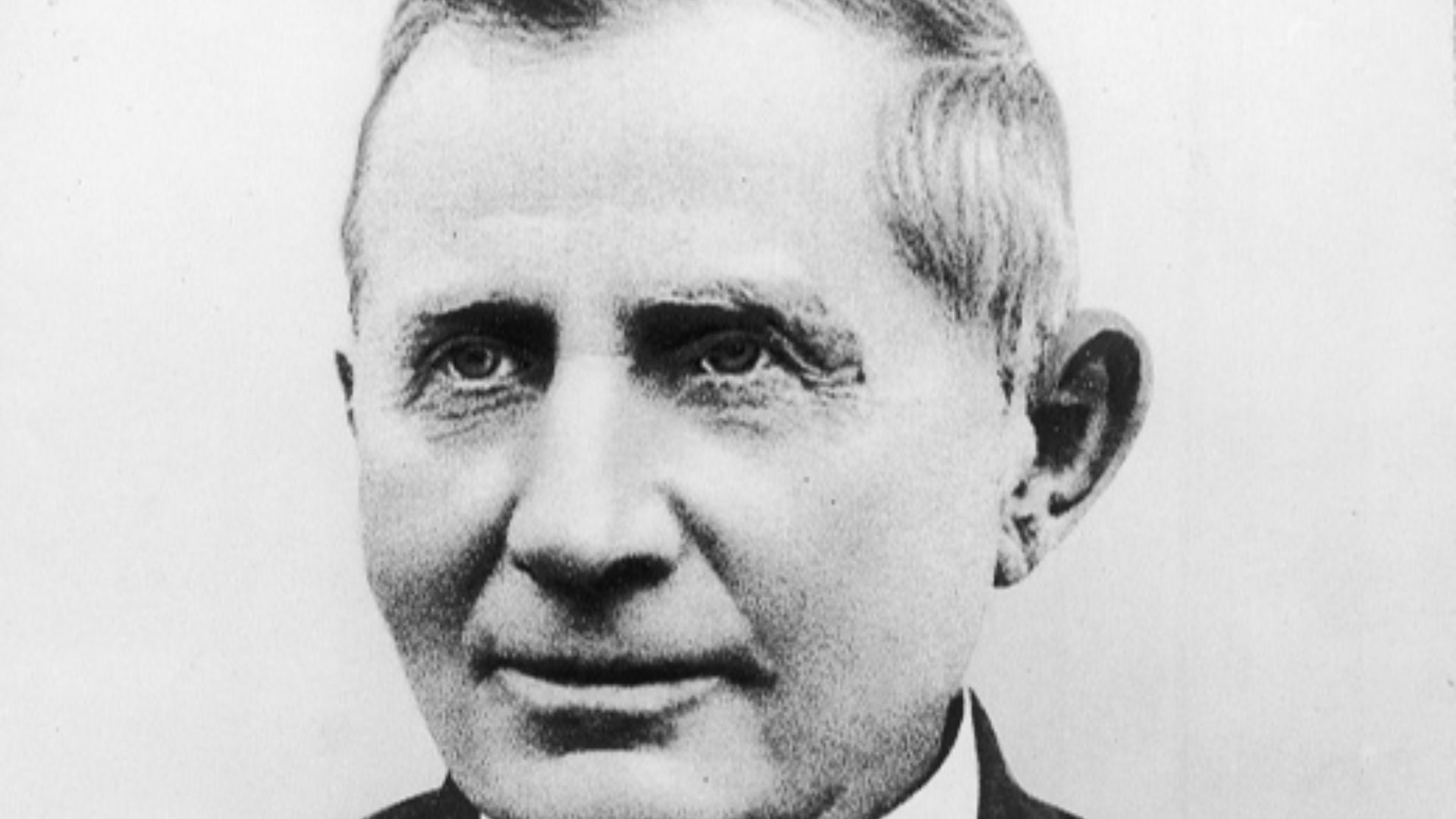 Unknown author, Wikimedia Commons
Unknown author, Wikimedia Commons
HKBP Became The Largest Christian Church
The Huria Kristen Batak Protestan (HKBP) church was officially established in 1917. It remains Indonesia’s largest Christian congregation, primarily among the Toba Batak.
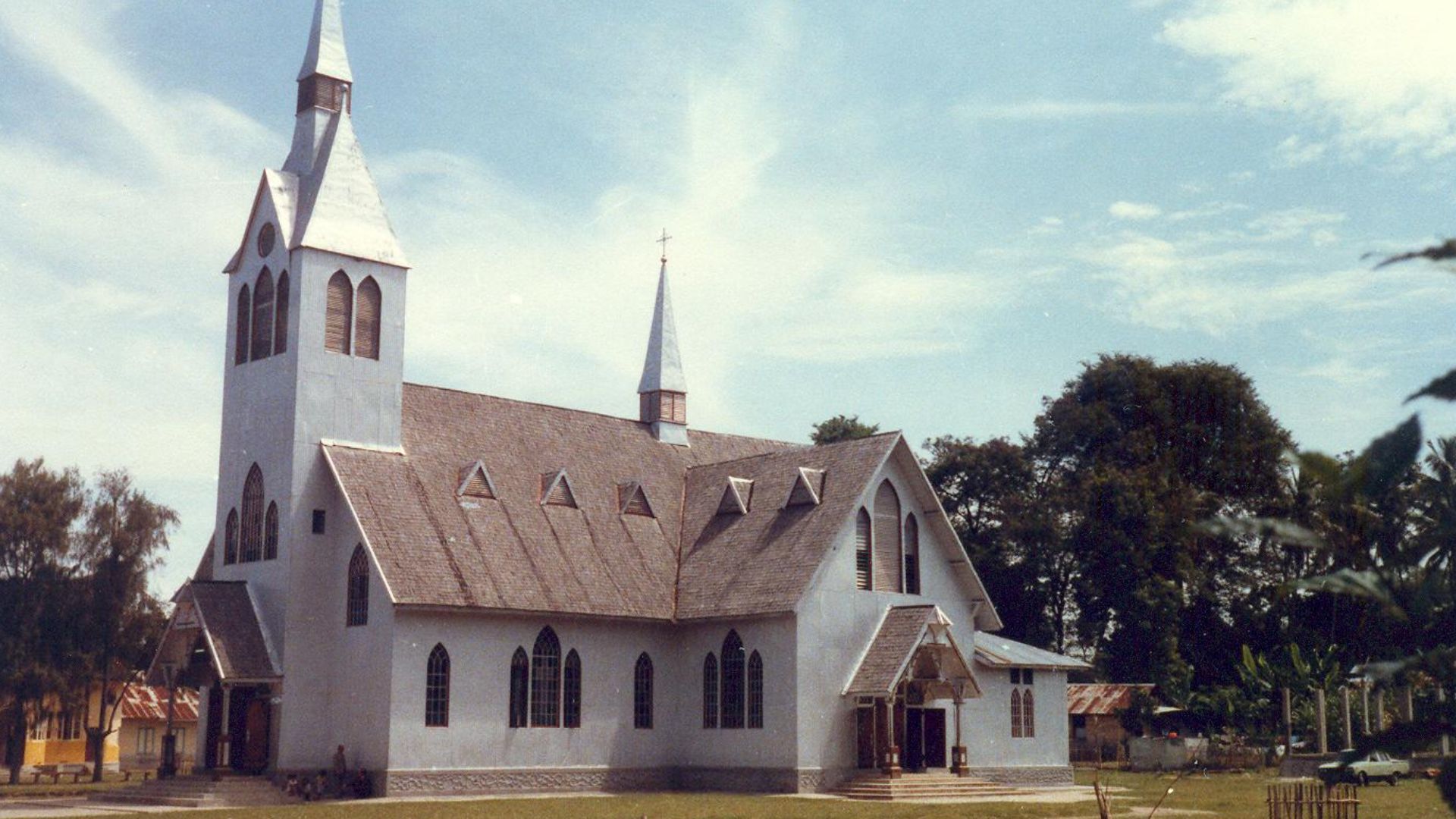 Cameron Macauley, Wikimedia Commons
Cameron Macauley, Wikimedia Commons
Islam Came To The South Through The Padri Battle
Islam reached the Mandailing and Angkola Batak in the early 19th century through Minangkabau influence during the Padri Battle. These groups gradually integrated Islamic practices with their customs.
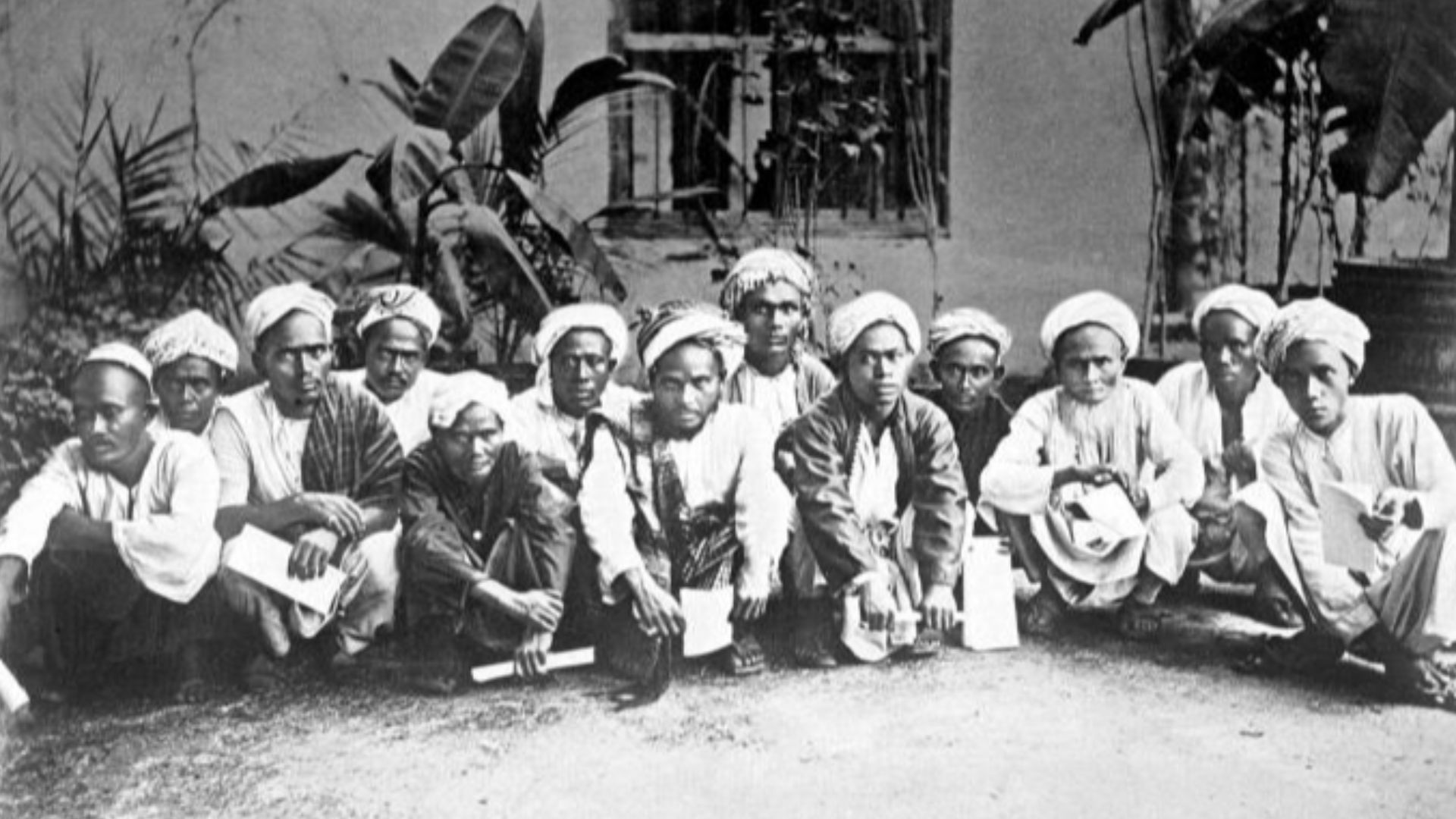 Prof. Dr. C. (Christiaan) Snouck Hurgronje (Fotograaf/photographer)., Wikimedia Commons
Prof. Dr. C. (Christiaan) Snouck Hurgronje (Fotograaf/photographer)., Wikimedia Commons
Islam Altered Traditional Structures
Mandailing Batak adopted Muslim names and abandoned some traditional rituals. The datuk, once a central figure, became a village healer under Islamic influence.
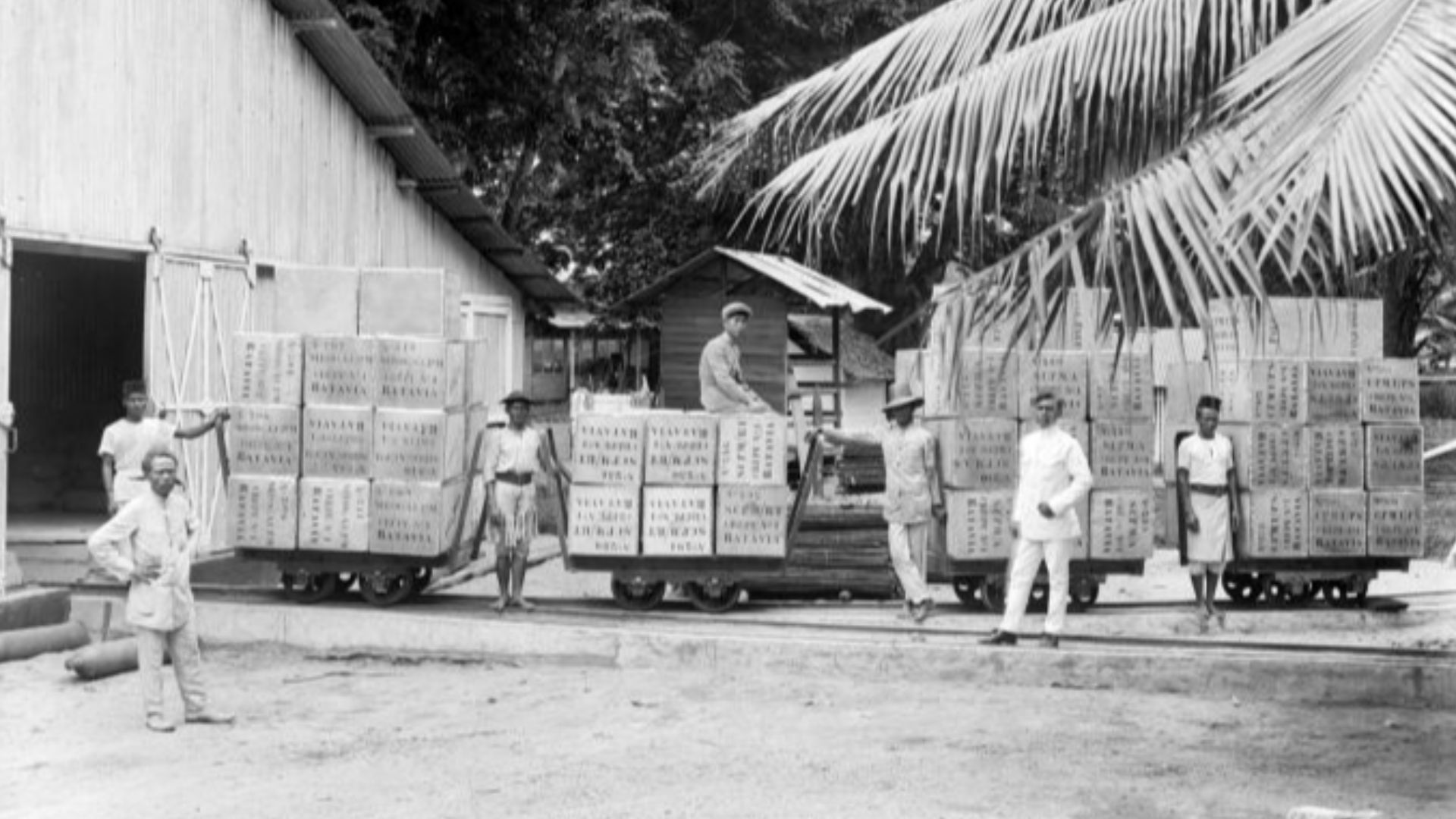 Unknown author, Wikimedia Commons
Unknown author, Wikimedia Commons
The Batak Were Key Players In Regional Trade
Batak men traded forest products like camphor and resin with Chinese and Tamil merchants. Trade centers like Barus and Kota Cina were hubs of early interaction.
The Karo Tribe Has Tamil Roots
Some Karo clans, like Sembiring, trace their lineage to Tamil traders. Their cremation rituals and religious practices show Indian influence dating back centuries.
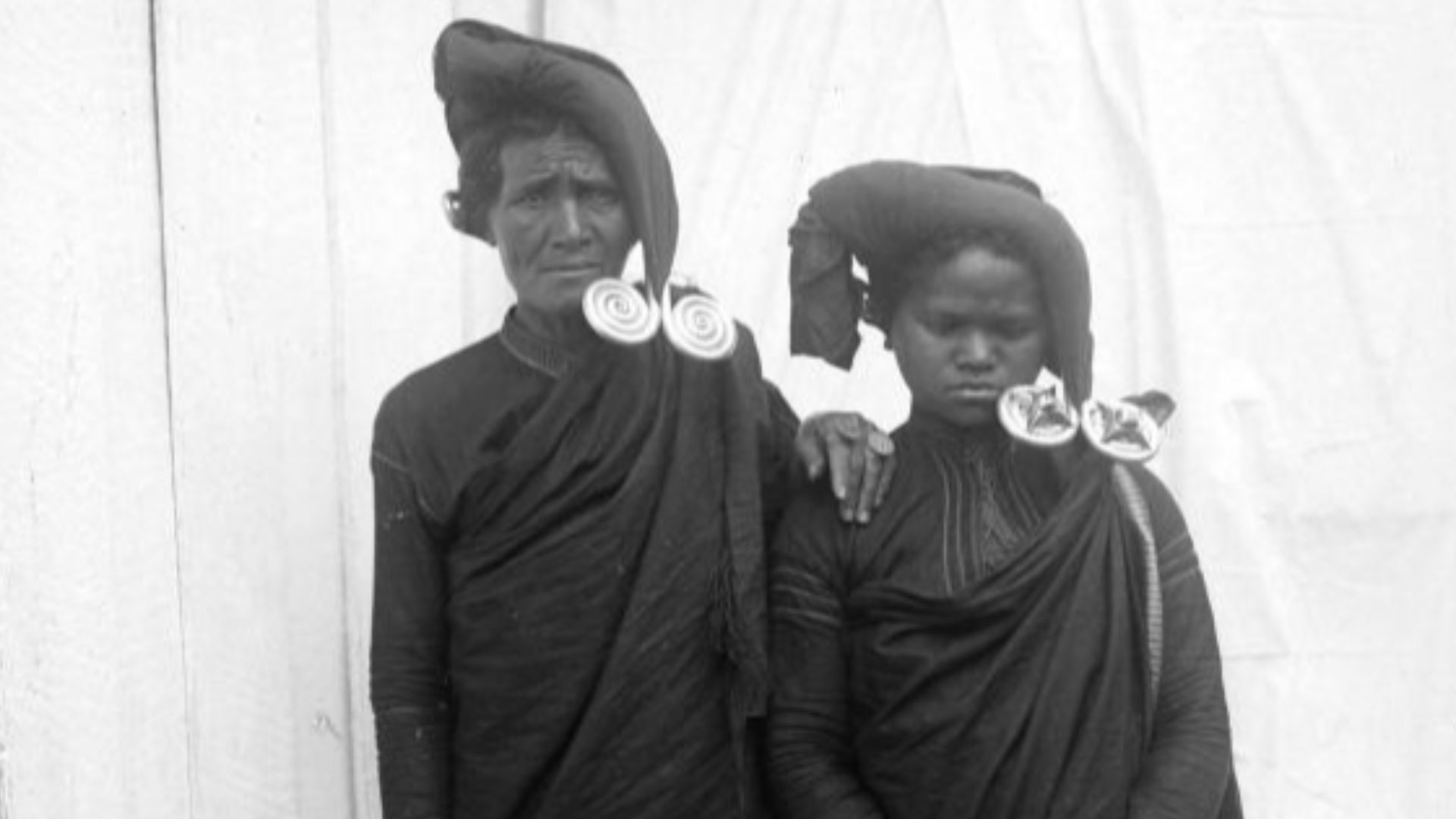 Unknown author, Wikimedia Commons
Unknown author, Wikimedia Commons
Batak Authors Shaped Indonesian Literature
Writers like Merari Siregar and Mochtar Lubis were pioneers in shaping modern Indonesian literature. They helped define Bahasa Indonesia as a national language.
 Rob Bogaerts / Anefo, Wikimedia Commons
Rob Bogaerts / Anefo, Wikimedia Commons
Education Is Highly Valued
Batak people are known for their academic ambition. Many become doctors, teachers, engineers, and lawyers, contributing prominently to Indonesia’s intellectual and legal fields.
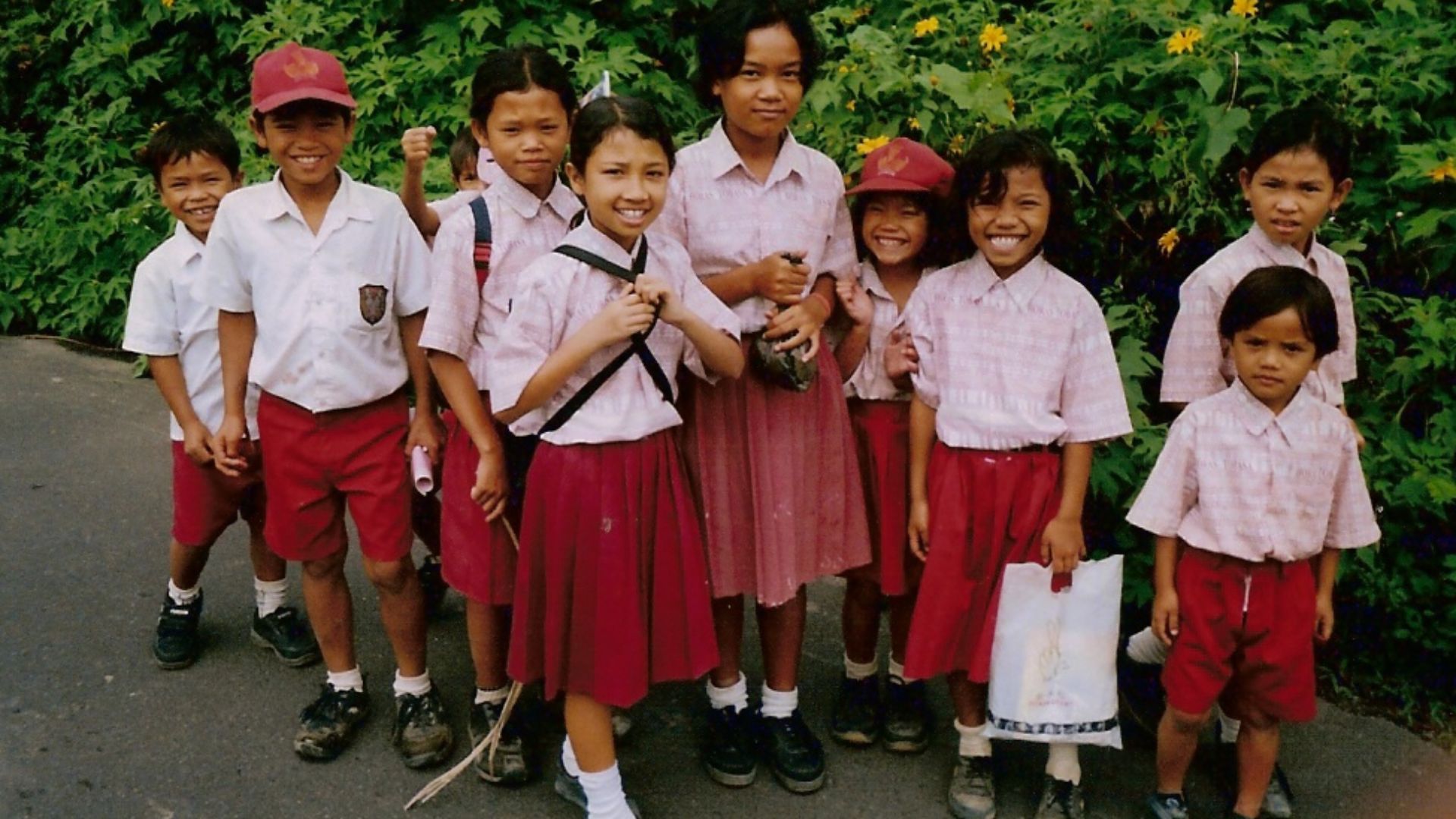 Milei.vencel, Wikimedia Commons
Milei.vencel, Wikimedia Commons
Si Raja Batak Is The Mythical Ancestor
Most Batak clans trace their ancestry to a legendary figure called Si Raja Batak. He symbolizes unity and lineage in Batak identity and oral tradition.
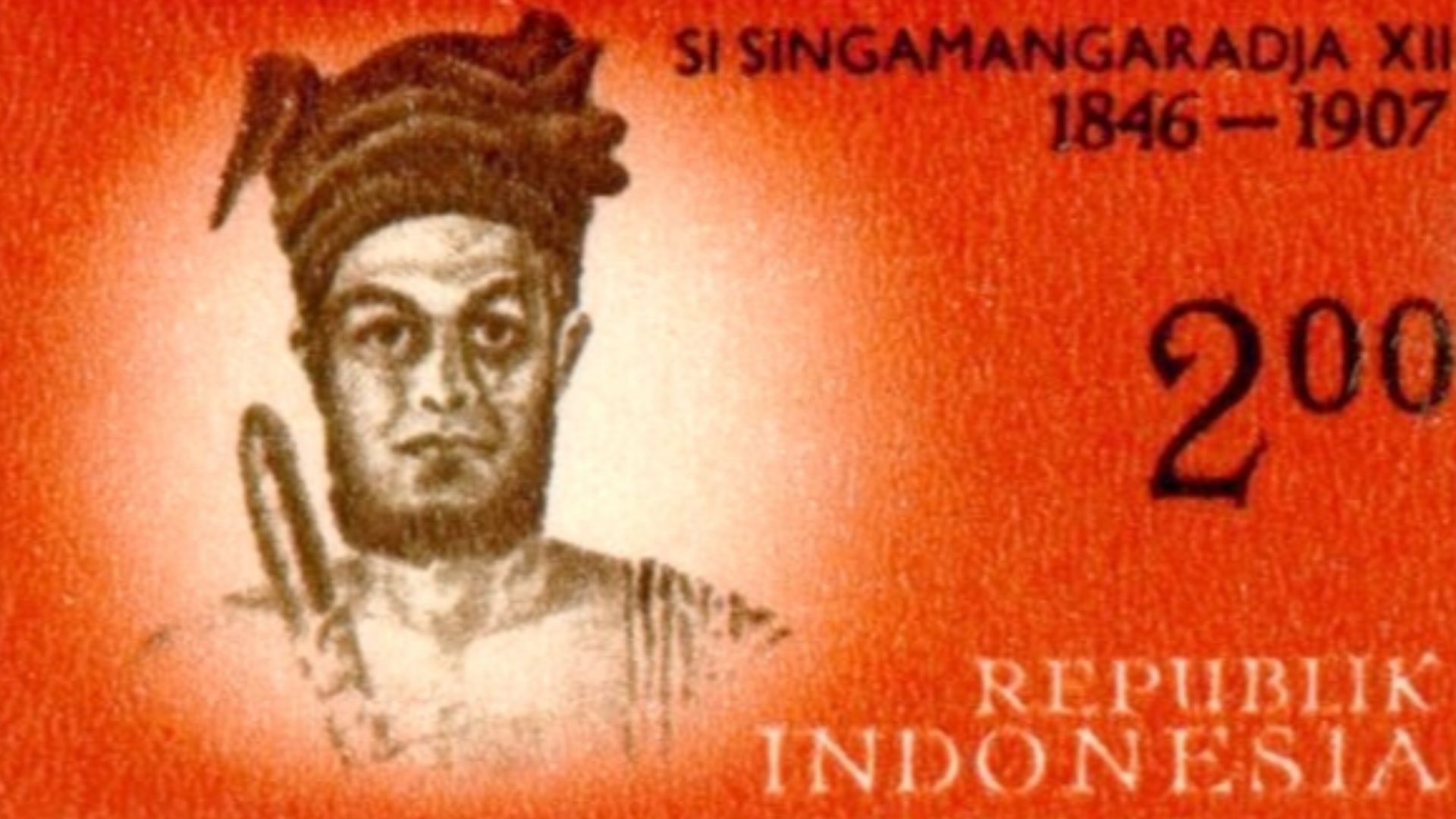 Unknown author, Wikimedia Commons
Unknown author, Wikimedia Commons
Tor-Tor Is Their Traditional Dance
The tor-tor is a ceremonial dance performed during important events like weddings and funerals. Each gesture has symbolic meaning, often invoking ancestral spirits.
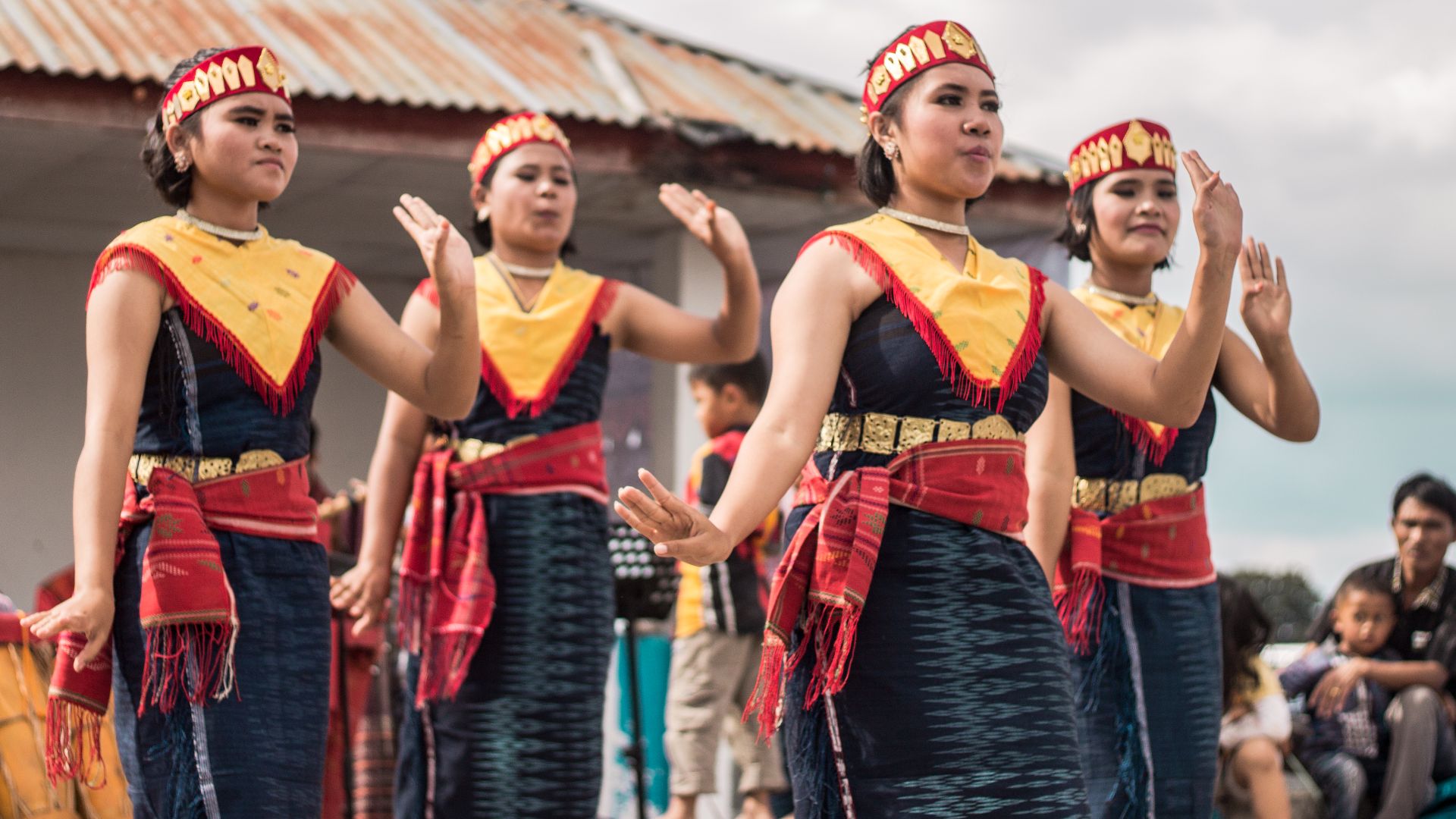 Angeline Claudia, Wikimedia Commons
Angeline Claudia, Wikimedia Commons
Ulos Is The Sacred Batak Textile
Ulos is a traditional handwoven cloth used in rituals and daily life. It is given as a gift to honor births, marriages, and achievements.
Batak Cuisine Is Rich And Spicy
Batak food often includes pork, andaliman (a type of pepper), and freshwater fish. Dishes like arsik and saksang are staples at traditional feasts.
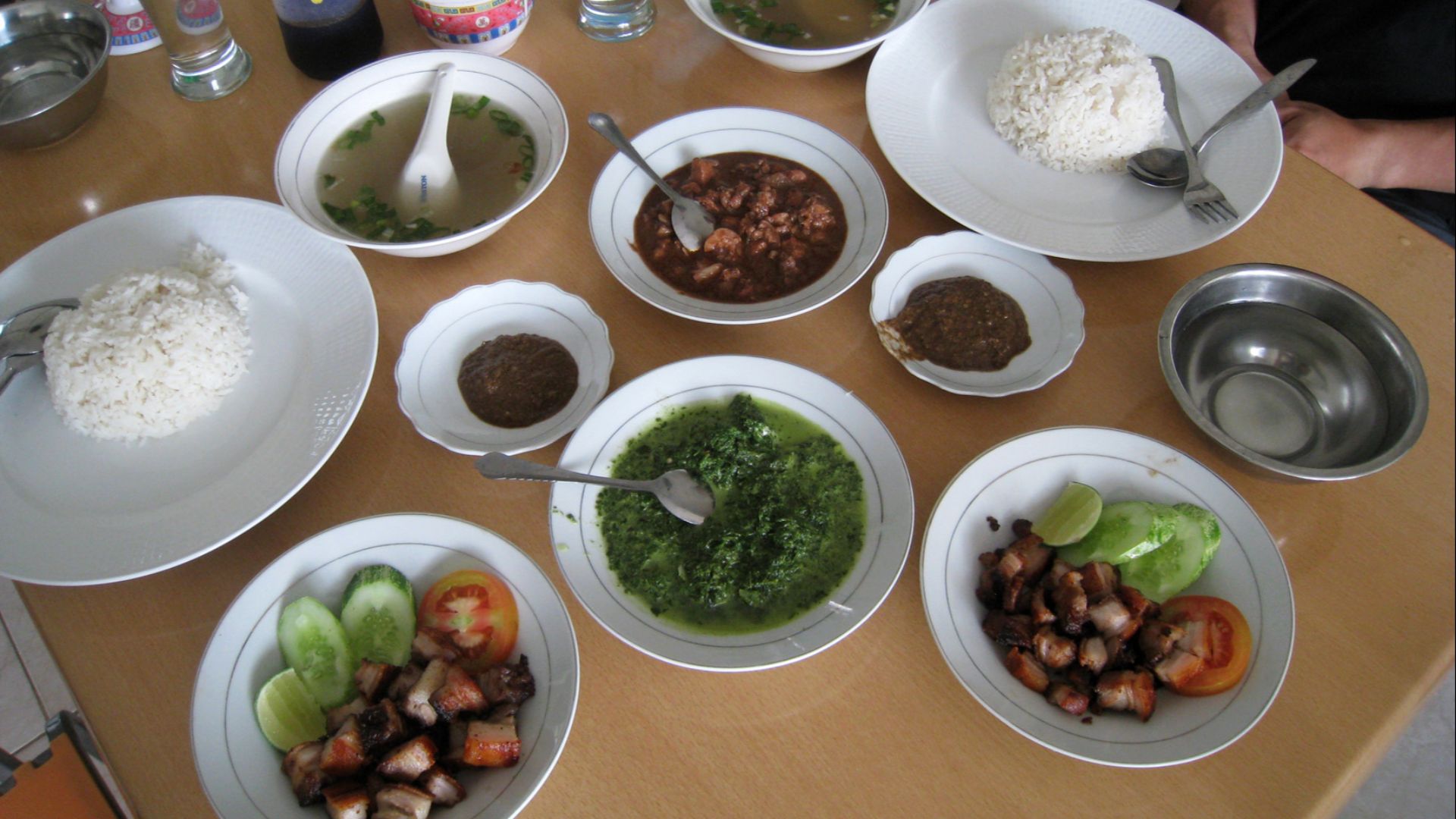 Gunawan Kartapranata, Wikimedia Commons
Gunawan Kartapranata, Wikimedia Commons
They Value Musical Traditions
The Batak are renowned for their musical talent, especially in vocal harmonies and traditional instruments. Music plays a key role in ceremonies and celebrations.
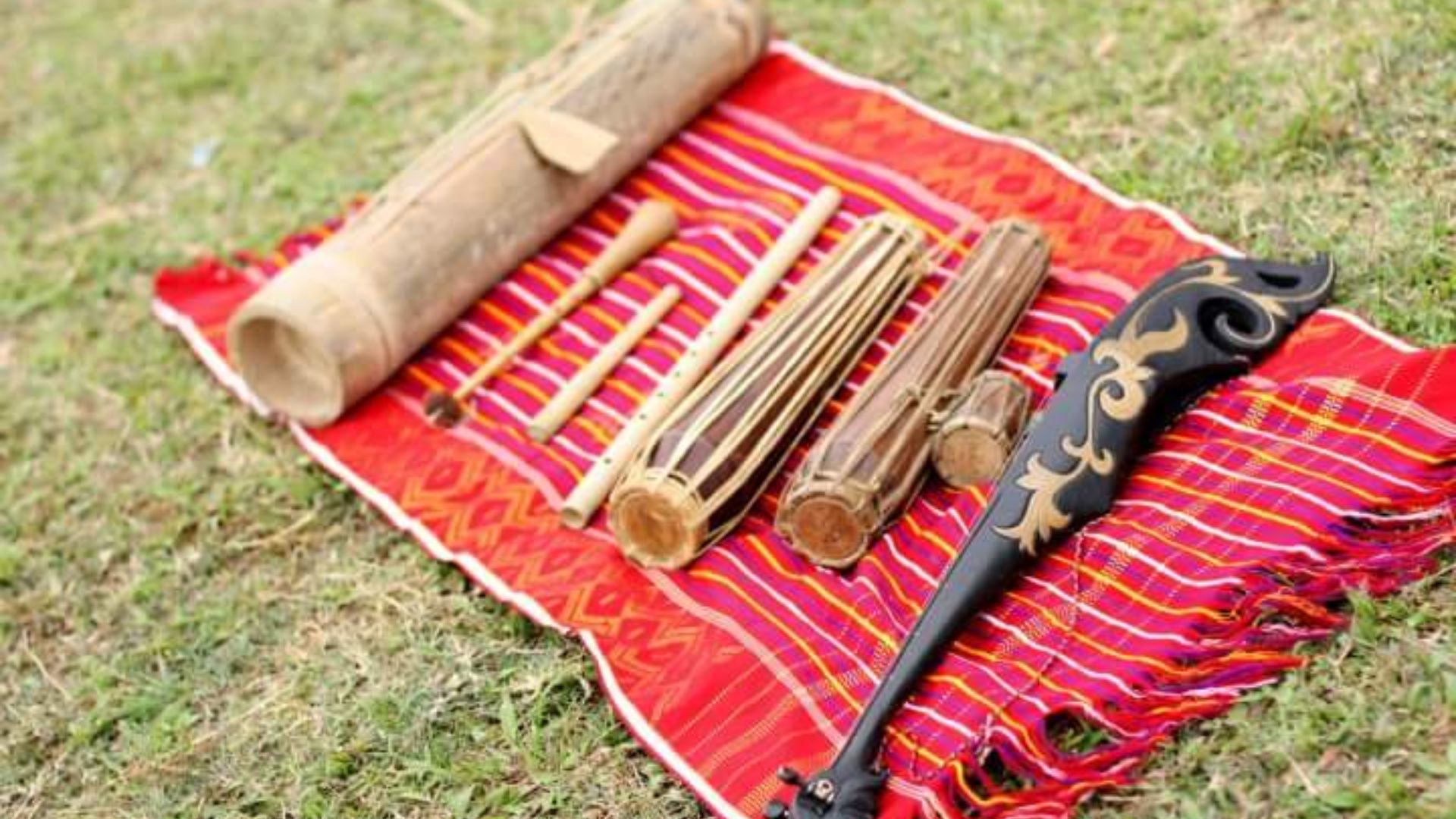 Robby moulana Ginting, Wikimedia Commons
Robby moulana Ginting, Wikimedia Commons
They Once Practiced Human Sacrifice
While rare and highly ritualized, human sacrifice occurred in ancient Batak society as a judicial punishment or religious offering. This practice disappeared by the early 20th century.
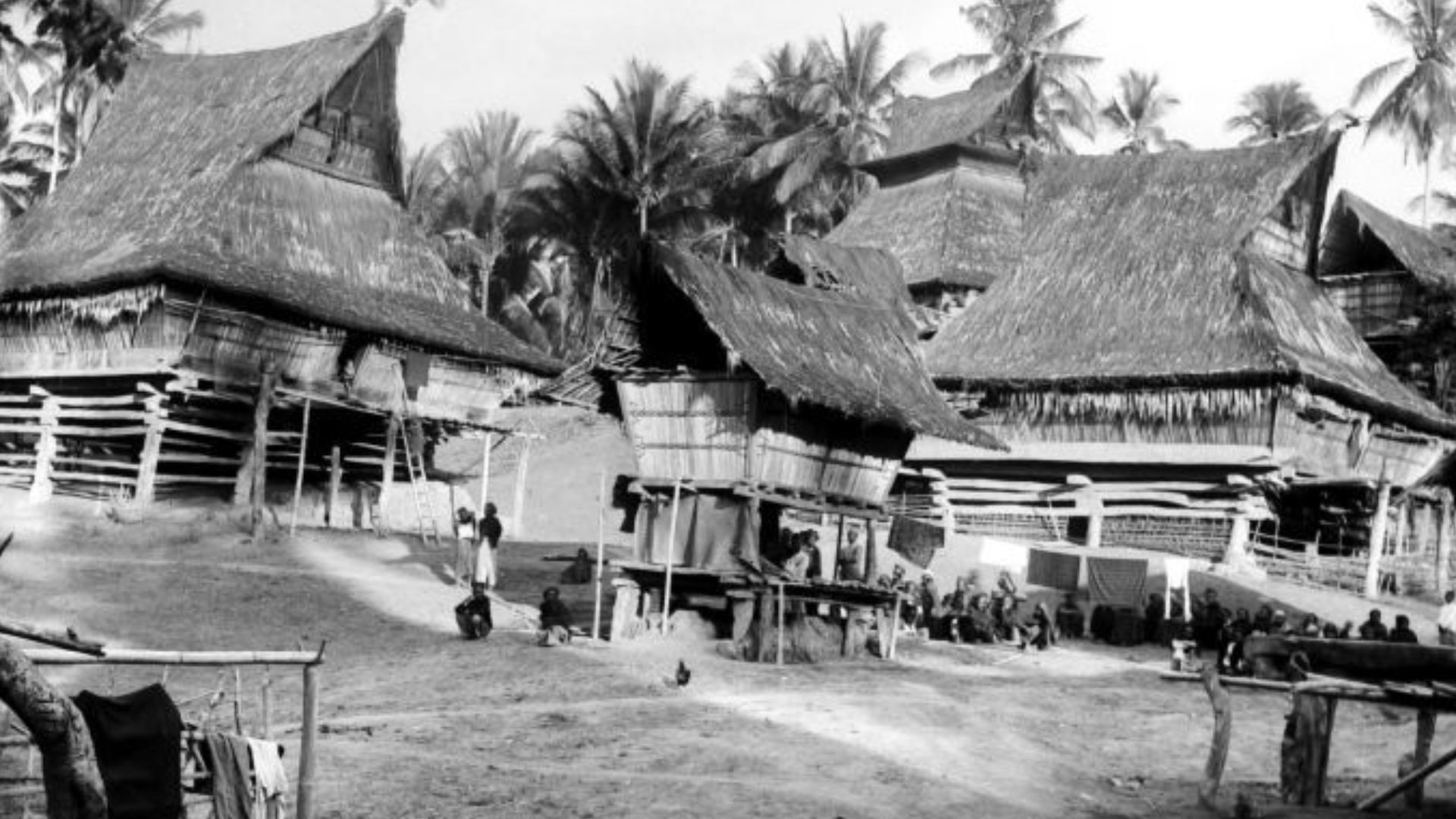 Unknown author, Wikimedia Commons
Unknown author, Wikimedia Commons
Political Figures Often Come From Batak Roots
Many prominent Indonesian politicians and legal experts are Batak, including Hotman Paris Hutapea and Adnan Buyung Nasution. Their influence spans government, law, and activism.
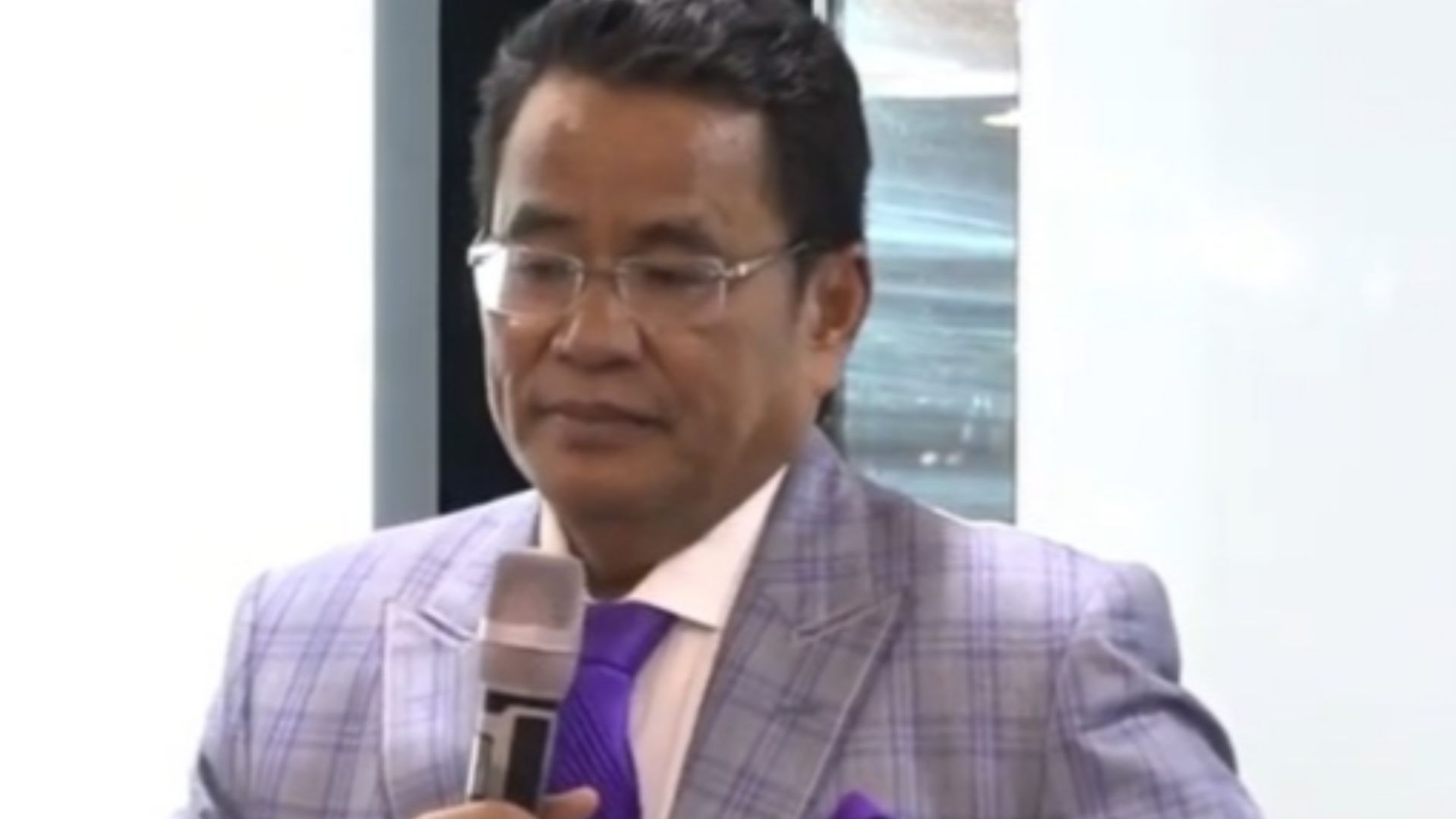 FHF Law School, Wikimedia Commons
FHF Law School, Wikimedia Commons
Migration Has Spread Batak Culture
Large Batak communities exist in cities like Jakarta and Medan. Migration for education and work has expanded their influence beyond North Sumatra.
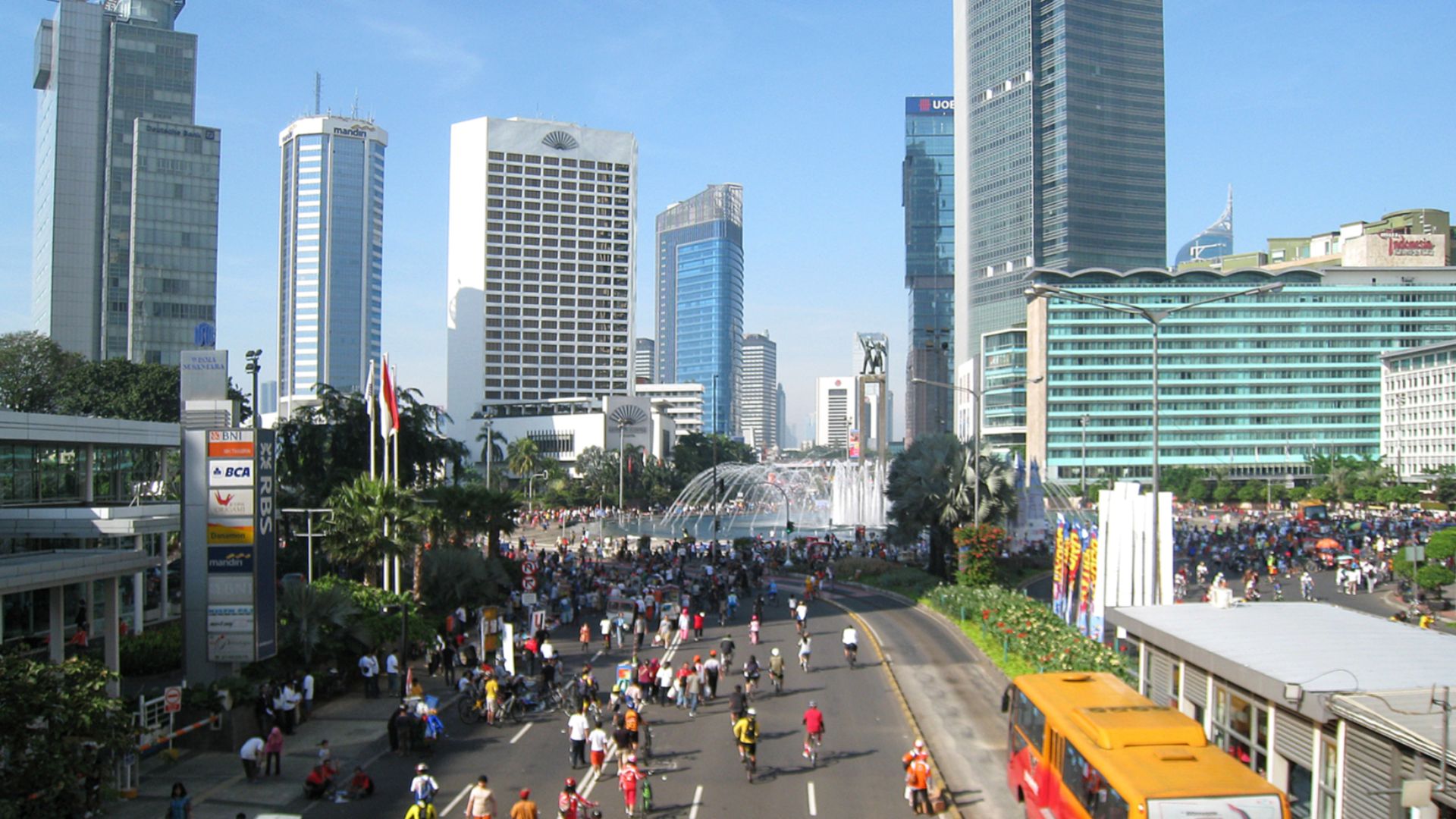 Gunawan Kartapranata, Wikimedia Commons
Gunawan Kartapranata, Wikimedia Commons
Barus Was A Major Port In Ancient Times
The ancient port of Barus was a key site for camphor trade, possibly inhabited by early Batak communities. A Tamil inscription found there dates back to 1088.
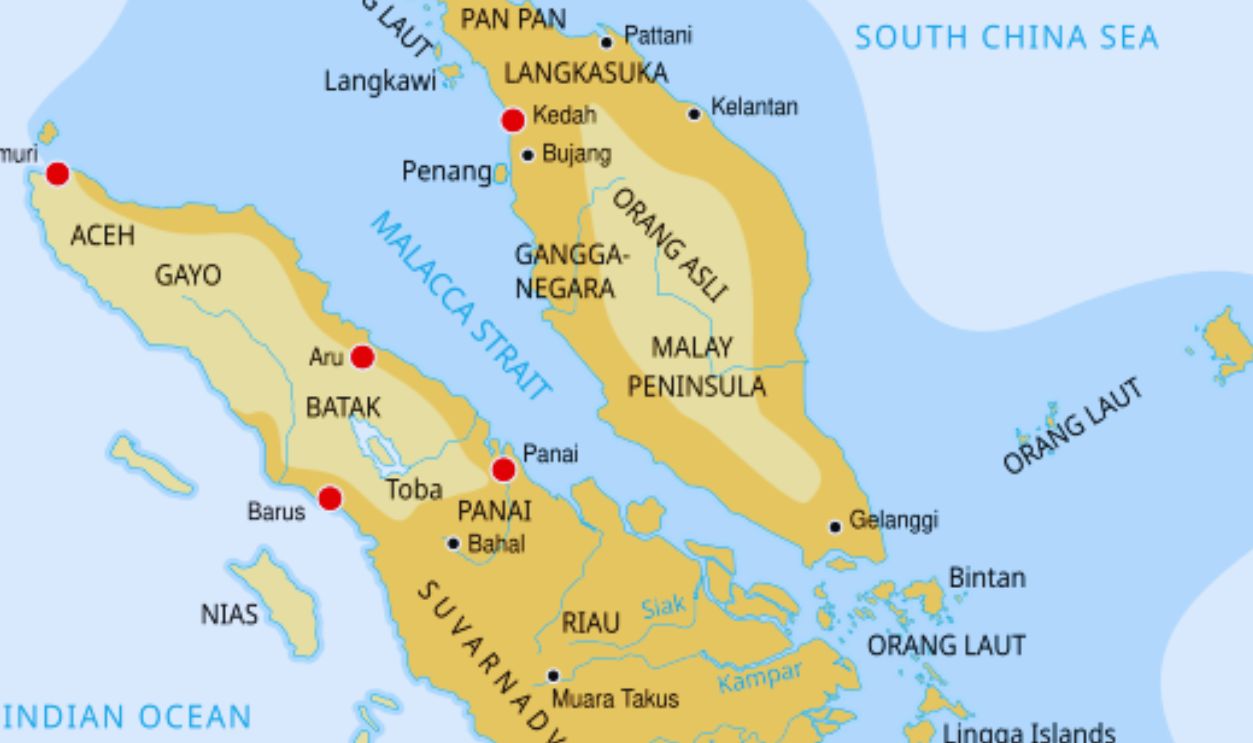 Gunawan Kartapranata, CC BY-SA 3.0, Wikimedia Commons
Gunawan Kartapranata, CC BY-SA 3.0, Wikimedia Commons
The Batak Once Practiced Ritual Cannibalism
Historical records, including those of Marco Polo and Dutch colonists, report ritual cannibalism among pre-colonial Batak. It was performed for legal punishment or spiritual strength, not for sustenance.
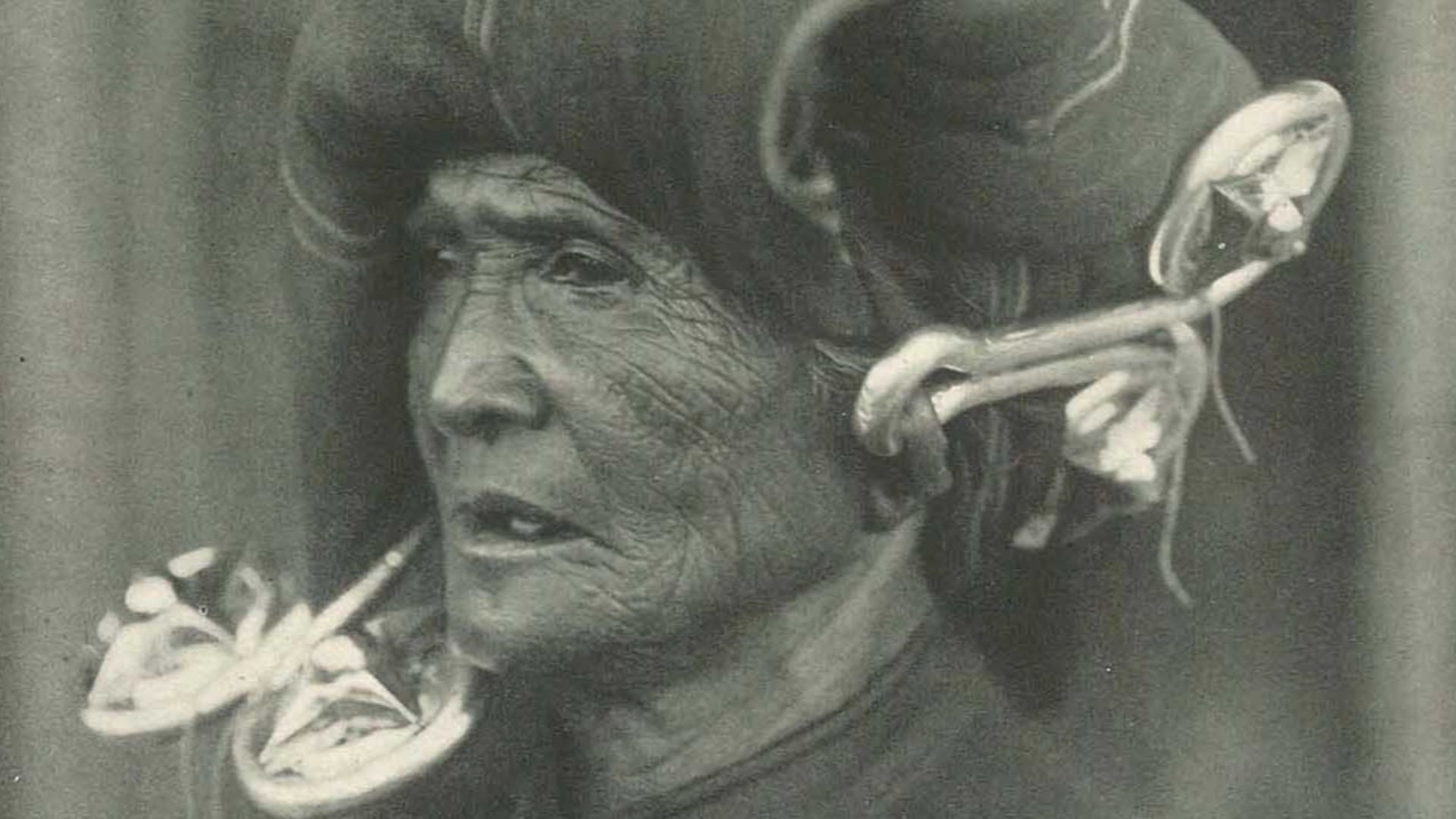 Kon Paketvaart Mij, Wikimedia Commons
Kon Paketvaart Mij, Wikimedia Commons
Cannibalism Was Linked To Justice
Cannibalism was often tied to the Batak legal system, with criminals executed and ritually consumed to honor the law. The practice was officially banned by the Dutch in 1890.
Modern Batak Blend Faith And Tradition
While most Batak identify as Christian or Muslim, many continue to honor traditional beliefs and practices. This blend of old and new defines contemporary Batak identity.
You May Also Like:
The Pamiri: The People Caught At A Cultural Crossroads
The Living Legacy Of The Tlingit, The People Of The Tides
Inside The Hidden World Of Ecuador’s Last Uncontacted Tribe
Source: 1

